Journeys to places you used to know and now seldom remember are part of the ageing process. Recently I took a trip back to Lincolnshire in the UK to visit some of those places. In turn, I decided to keep the camera equipment simple, to focus on the essential task of capturing images.
A trip “home” to remember
My family is from Lincolnshire, and I visit my relatives for a few days almost every year. This trip involved a “Celebration of Life” for a friend who had long suffered from Alzheimer’s and whose life was finally released from that burden a few months ago.
I headed north to Lincolnshire inspired by the words of the great English poet Philip Larkin, who had written the highly regarded “Whitsun Weddings” published in 1964. I’m pretty sure we would have been celebrating Larkin as a street photographer had he pursued that instead of writing poetry. He was a sly observer of human behaviour, particularly in “Whitsun Weddings.”
“Where sky, Lincolnshire, and water meet”
The Lincolnshire coast begins where the Humber estuary ends its slow and lazy meandering journey out to the North Sea, a little north of Grimsby and Cleethorpes. The name “Cleethorpes” means clay village in Old English. It’s quite possible that Philip Larkin’s train journey allowed him to see this coastline as he headed south.
This part of the coast is marshy and over the centuries has been reclaimed from the sea, only to lose that battle countless times in winter months when the sea overwhelms the marshes. Big skies and flat landscapes are not easy for getting a balance of contrast, but a little post work in LightRoom back home can fix that.
Remember when the trains stopped running?
Like much of rural Britain in the 1960s, Lincolnshire suffered at the hands of Lord Beeching. His legendary report published in 1963, a year before Larkin published “Whitsun Weddings,” advocated the removal of vast parts of the rail network which he deemed to be unprofitable.
That report never considered the social value of railways to daily life. Instead, it ripped out those arteries from small villages and towns across the length and breadth of the country. For residents, there was often no other viable means of getting from point A to point B than infrequent bus services. Remember, back in the early 1960s in Britain, most families had no car.
Lincolnshire changes from the flat fens and the coast where you can see some of older historic churches poking up above the landscape. The Lincolnshire Wolds then rise above it all with what was once important sheep farming country. Even in pre-springtime Britain you have to be prepared for gloomy days and smudged landscapes.
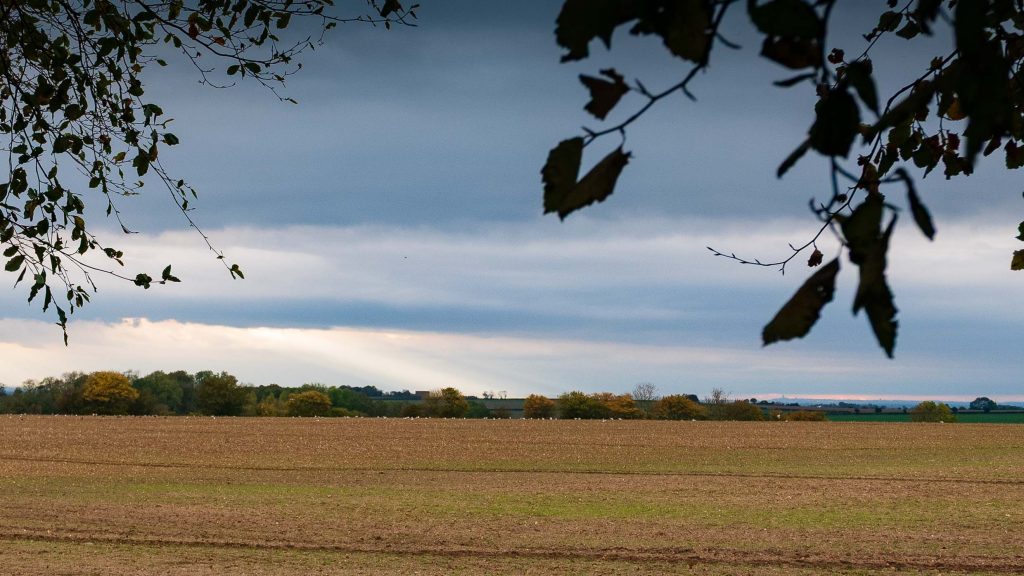
On the horizon
On the way across the Wolds down to Horncastle is a view worth stopping for. Some 25 miles away, you can just make out a smudge on the horizon that is Lincoln Cathedral with the light breaking through the clouds. You can imagine someone living in this area and seeing that sight but knowing that the chances of someone travelling those miles are slim to non-existent. In the Middle Ages that would have been a 2½-day walk.
Horncastle
Right on the edge of the Lincolnshire Wolds and on the River Bain is the historic market town of Horncastle. It has been around as a settlement since Roman times, and a section of wall remains intact. It was noted in the Doomsday Book in 1089. Further fame or notoriety came with the Civil War battle of Winceby in 1643. These days, my cousin and her family run a bakery, delicatessen, and café. The bakery has existed since 1901, eventually moved to Horncastle in 1969.
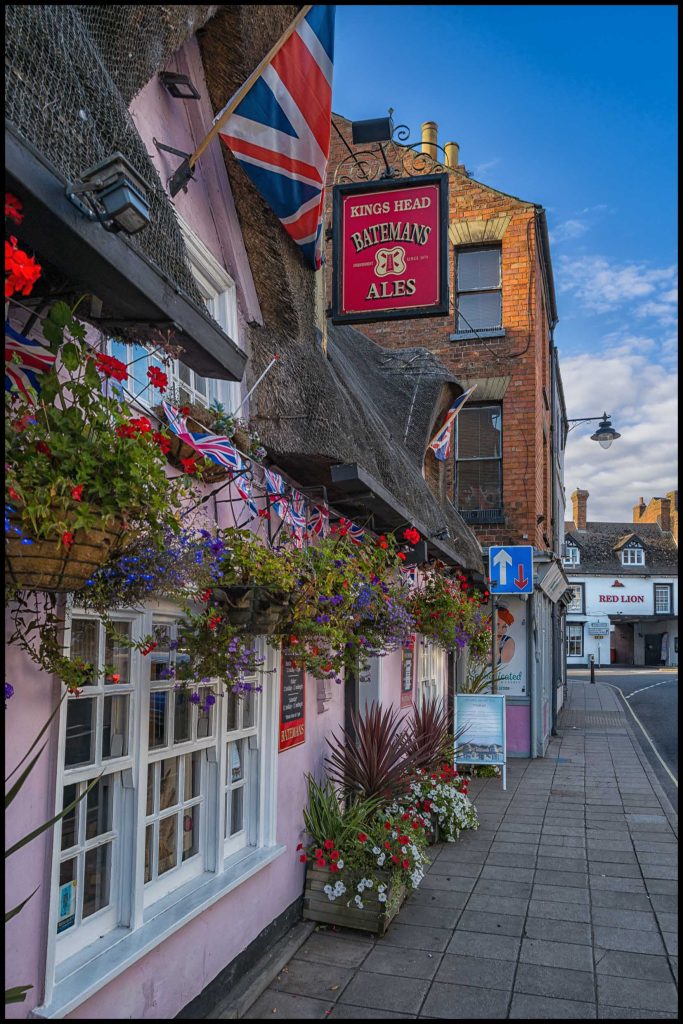
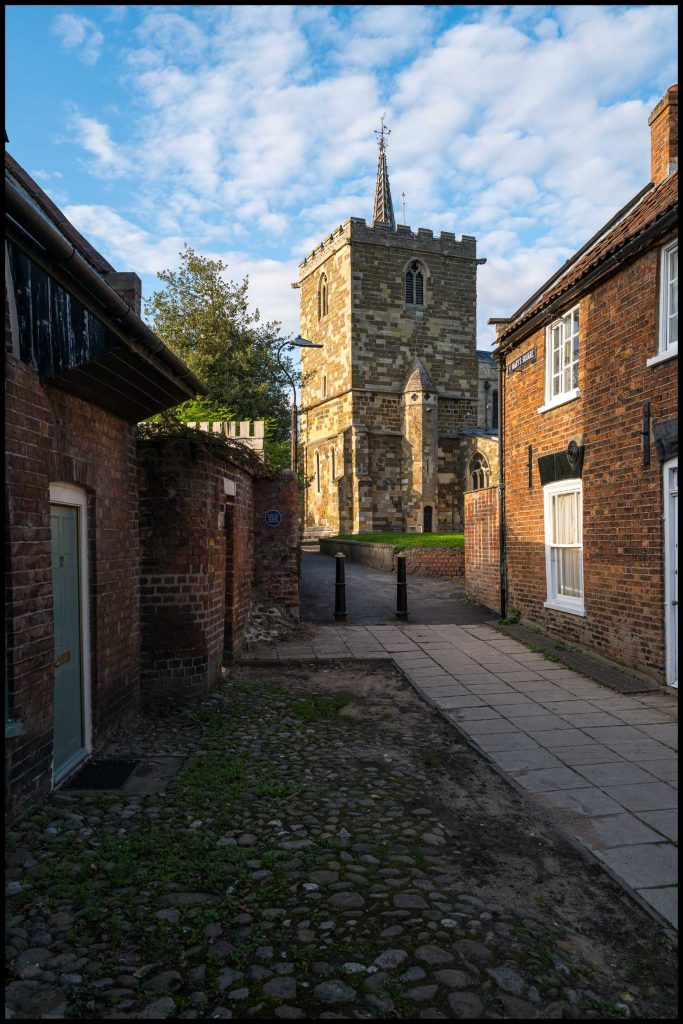
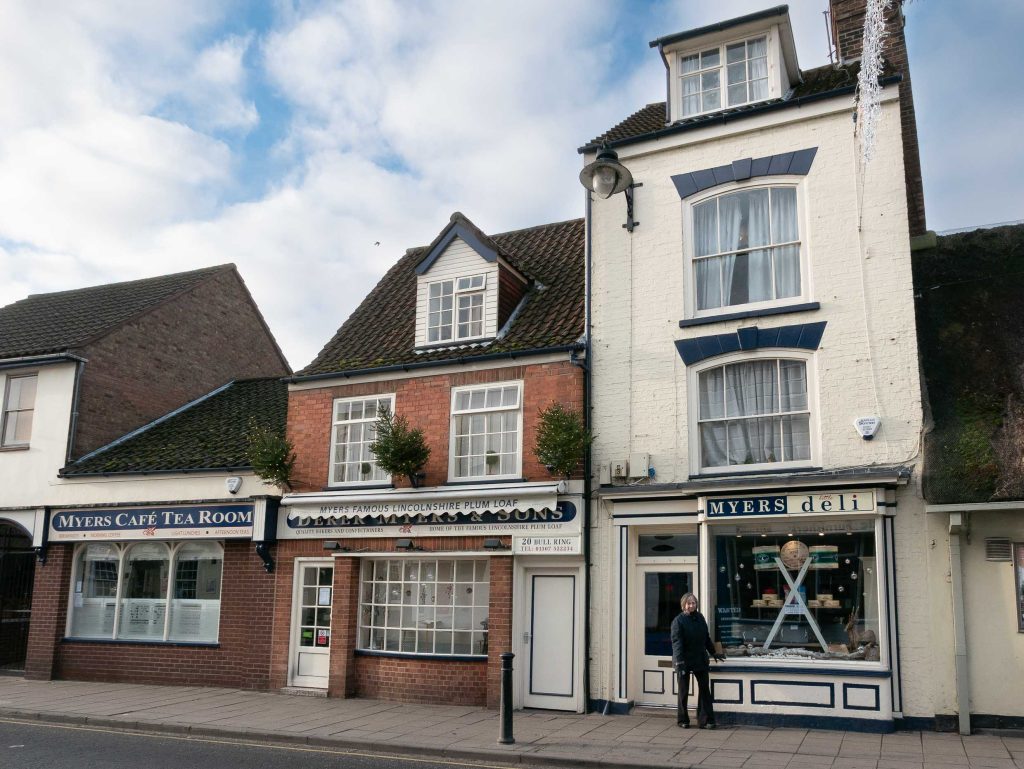
In the early hours you can capture the light beautifully to reveal the town in its quietest and most peaceful moments. Colours are faithful, detail is there where you need it, and it feels as if both cameras are doing the heavy lifting for you.
The drive across the Fens to the next destination allows for pauses to admire the landscape. Dykes, built by the Dutch or to Dutch design, stretch out as far as the eye can see, in a light that’s not yet strong. What’s next, though hidden in plain sight in this flat landscape, is a sign to confuse Americans.
Lincolnshire Aviation Heritage Centre
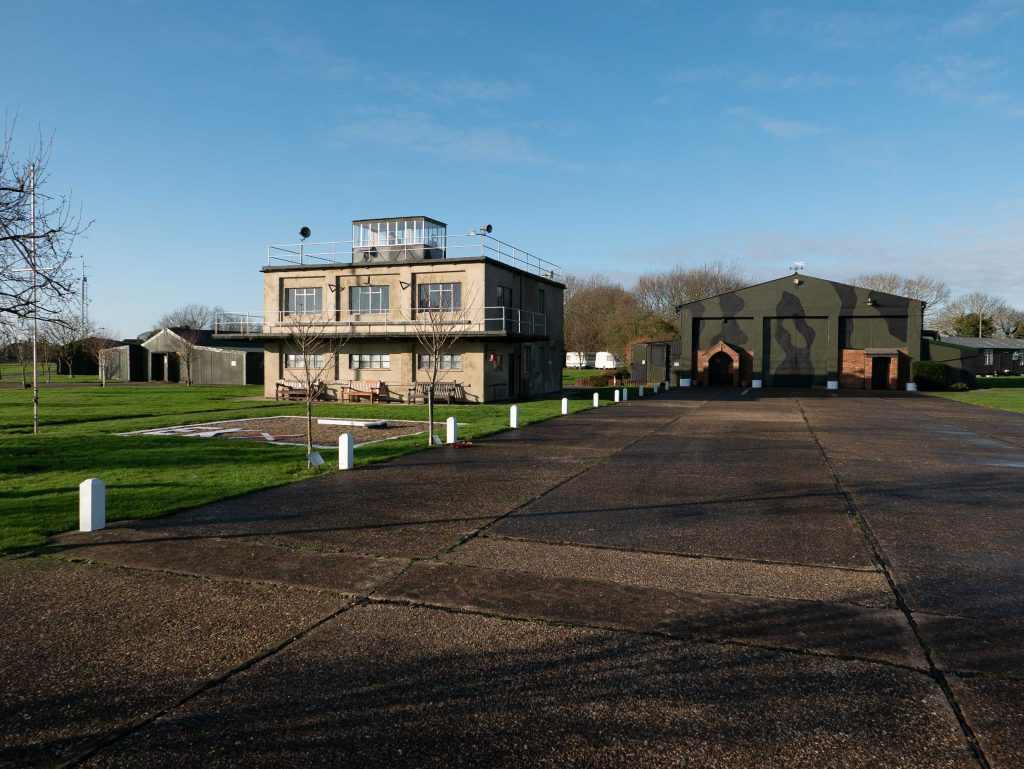
Wartime Britain is part of my next destination, with a visit to East Kirby. My family owns the Lincolnshire Aviation Heritage Centre there. It was established by my uncle in honour of his eldest brother who died at the age of 19 on what was supposed to be his last active mission as a flight engineer. My uncle bought the airfield from the RAF with all the key buildings still intact. He then converted it to a museum to honour and remember all those who fought in WWII.
The centrepiece is a Lancaster bomber of the type that his brother flew on his last mission. You can spend a few hours here looking at all the displays and even take a ride to remember down the runway in the Lancaster. It’s quite hard to capture the full wingspan of the Lancaster and some scenes inside the control tower.
Tattershall Castle
A short drive south of East Kirby takes me to Tattershall with its famous castle. It was built in 1231 by Sir Robert de Tattershall and passed down to Baron Ralph Cromwell who unusually chose brick to rebuild it in the early 1400s.
The castle fell into decline and was going to be bought for its medieval fireplaces by an American when Lord Curzon rescued them and proceeded to restore the building. Today it is part of the National Trust. The castle, in the flatness of the Fens is visible from miles around.
Stamford
My journey continues south to Stamford. It’s an historic town that dates to the 9th century that is bisected by the River Welland and the London Road. It became rich through being a market trading centre for wool. If the medieval town centre reminds you of the honey-coloured stone of the Cotswolds, it’s for good reason. The town sits on a limestone ridge that extends from Bath to Stamford.
At the centre of the town, I rediscover a piece of family history. Back in 1930, my great uncle opened a hardware shop with his partner, Mr. Dunn. I remember visiting the previous shop with the overwhelming sight of every conceivable piece of plumbing you could possibly imagine. My great uncle retired in 1955, but the business continues today long after the founders have moved on to that great workshop in the sky.
The Meadows in the middle of the river form a park with views of the medieval town and church. It’s pretty and peaceful. While walking across the Meadows, I encountered a beautiful swan. Dark shadows, a white swan, and plentiful light is a challenging recipe in balancing contrast to get the right exposure.
Just off the Meadows is the London Road, and close to the river is The George Hotel. It’s a classic old coaching inn that is reputed to date back to 947 CE when it was established by the Abbot of Crowland. One curiosity is at the entrance where on the left visitors see a sign that says “London,” while on the right the sign says “York.” Yes, you are facing west as you enter the hotel.
Crowland
I could take a train from Stamford to Peterborough and then take another train to Crowland. But cross-country by car is much faster these days. Thirty minutes vs 90 minutes, no contest. Why Crowland? It is connected by the River Welland to Stamford, which lies upstream. But it also has historic interest.
Crowland was “founded” around 701 CE on an island in the Fens. Over time, it expanded around the monastery and the abbey. The abbey still exists, but was broken up by Henry XVIII with the dissolution of the monasteries in the 1530s. If you want to get an insider perspective of those times, read Hilary Mantel’s “Wolf Hall” book series. As an aside, you might ask what the coat of arms for Crowland Abbey means. (Click the link!)
In the centre of Crowland stands Trinity Bridge, dating from fourteenth century. It’s an unusual triangular construction. Three stairwells converge at the top to allow traffic to cross over the River Welland and another tributary. I remember coming here as a child and being fascinated by the bridge design. The course of the river eventually changed, leaving it marooned as an island in the centre of the town. This is somewhat ironic as Crowland itself started as an island.
So, my journey’s almost over.
In “Whitsun Weddings” Philip Larkin describes the end of his journey heading south as:
“London spread out in the sun; postal districts packed like squares of wheat…”
With that wonderful image in mind, I make a small detour courtesy of an invitation by Editor Mike. We meet up in Farringdon along with Richard Watts and head to Red Dot Cameras. It’s the home of the legendary Ivor Cooper and while there we listen to stories and explore his Aladdin’s Cave of new and vintage Leica cameras. What a treat!

Whenever I gaze on…
My journey ends as I cross Waterloo Bridge, just as the sun is finally setting. The battery on my camera died long ago and the spare is in another bag along with my friends in their car. All I have left is an old iPhone and the music from the Kinks’ “Waterloo Sunset,” a song that was released in 1967, a mere three years after “Whitsun Weddings.” But oh, how quickly Britain was changing back then!
Some final thoughts
Journeys like this are all about memories and adding to your personal history, where connecting with friends and family are more important than taking pictures. But just for completeness sake, the shots in this article were taken with either a Leica CL + TL 18-56mm, or a Leica D-L 109.
More:
Leave a reply and join in the discussion
The comments section below every article is a friendly, non-confrontational space where you can air your views without fear of stirring the sort of hornets’ nest that is so often a feature of websites. We welcome your views on the content of our articles, and your opinions on all aspects of photography are a lifeblood for Macfilos. Please let us know, in the section below, if you agree or disagree with our authors’ opinions — and please have no hesitation in adding your advice if you think we’ve overlooked anything important.

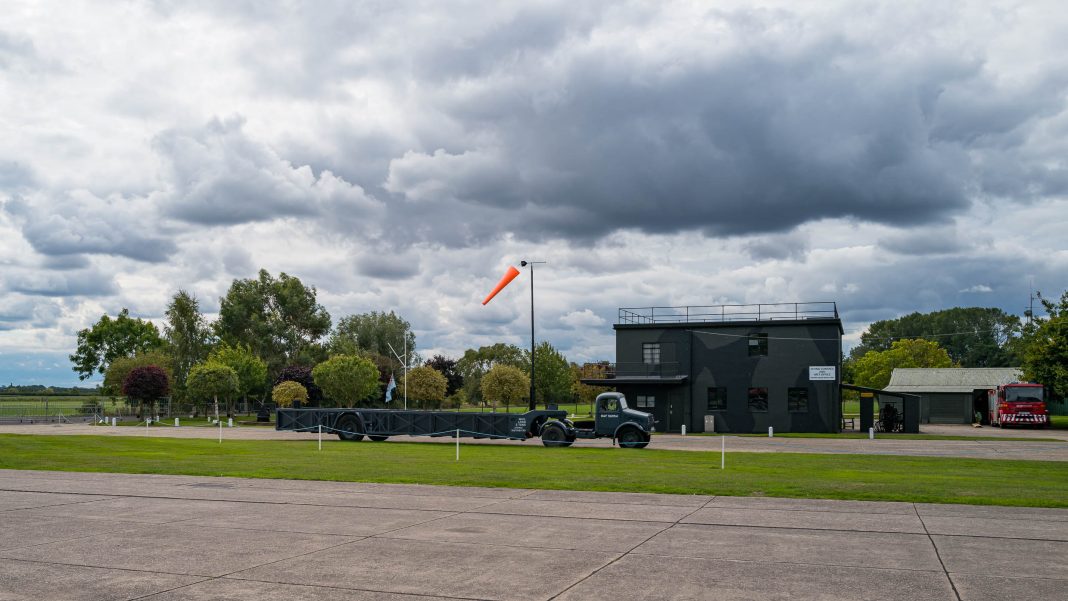
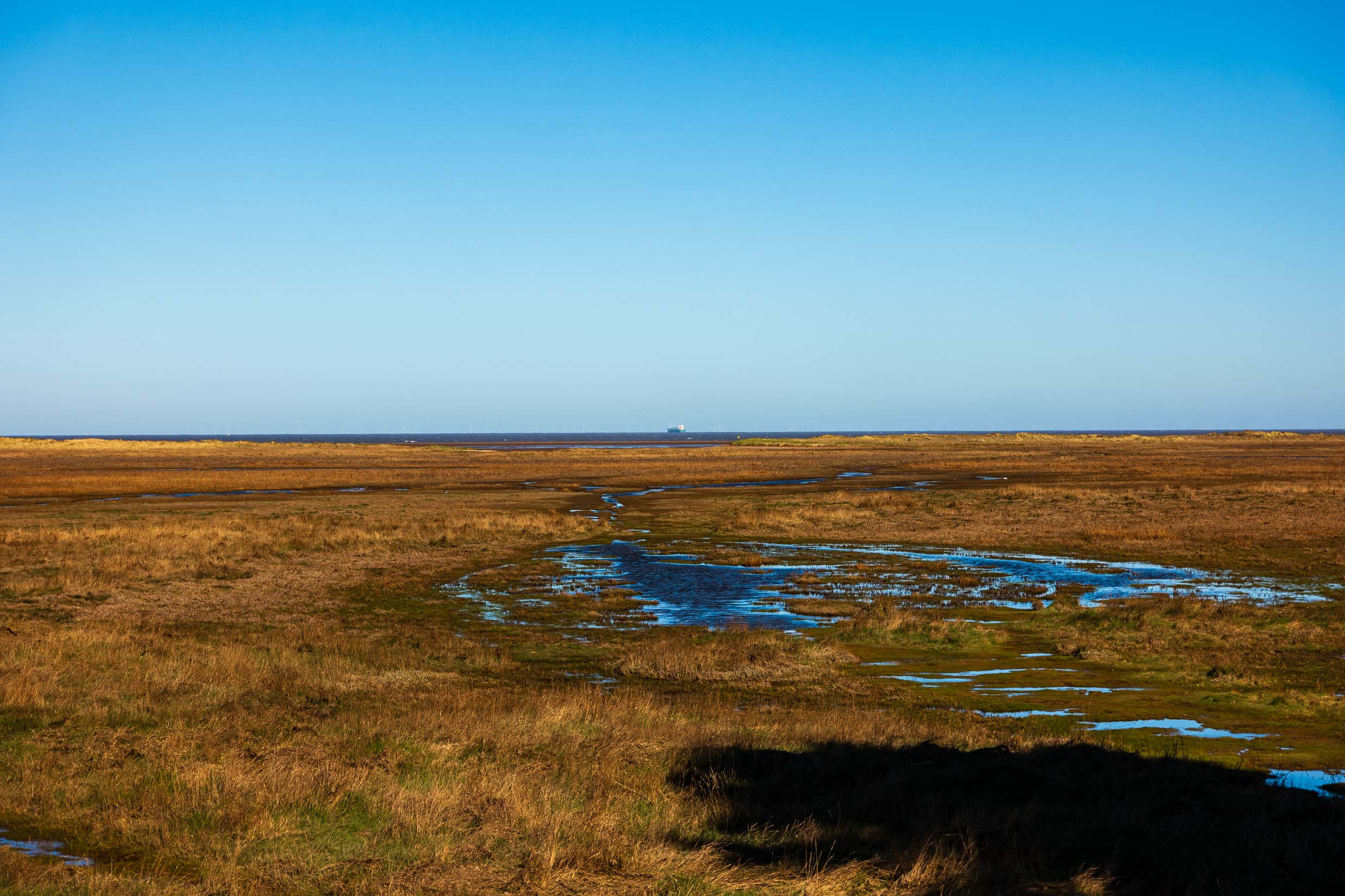
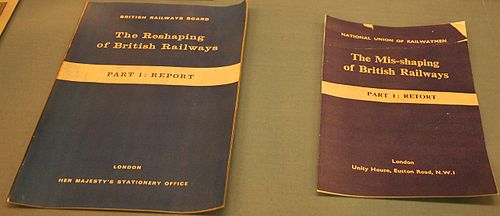
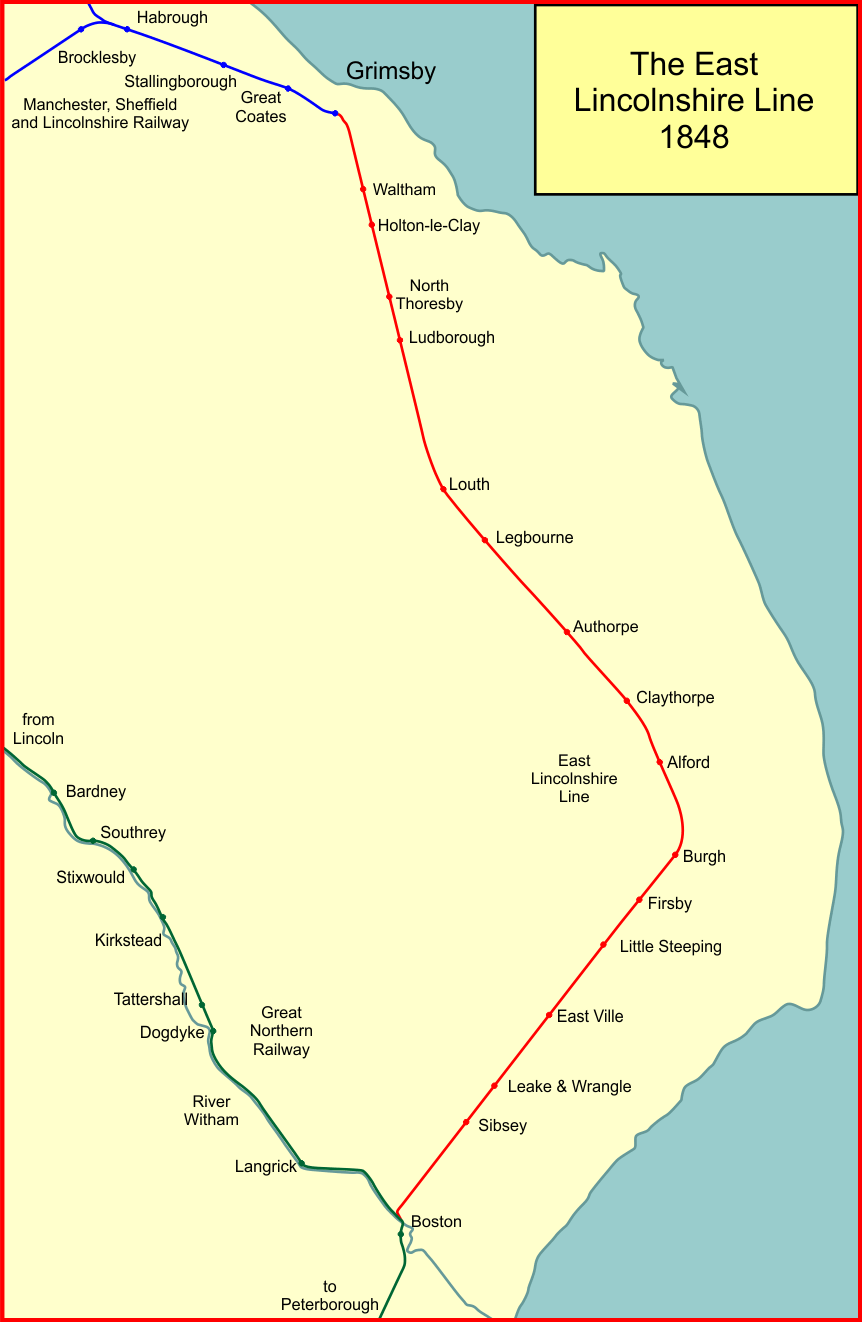
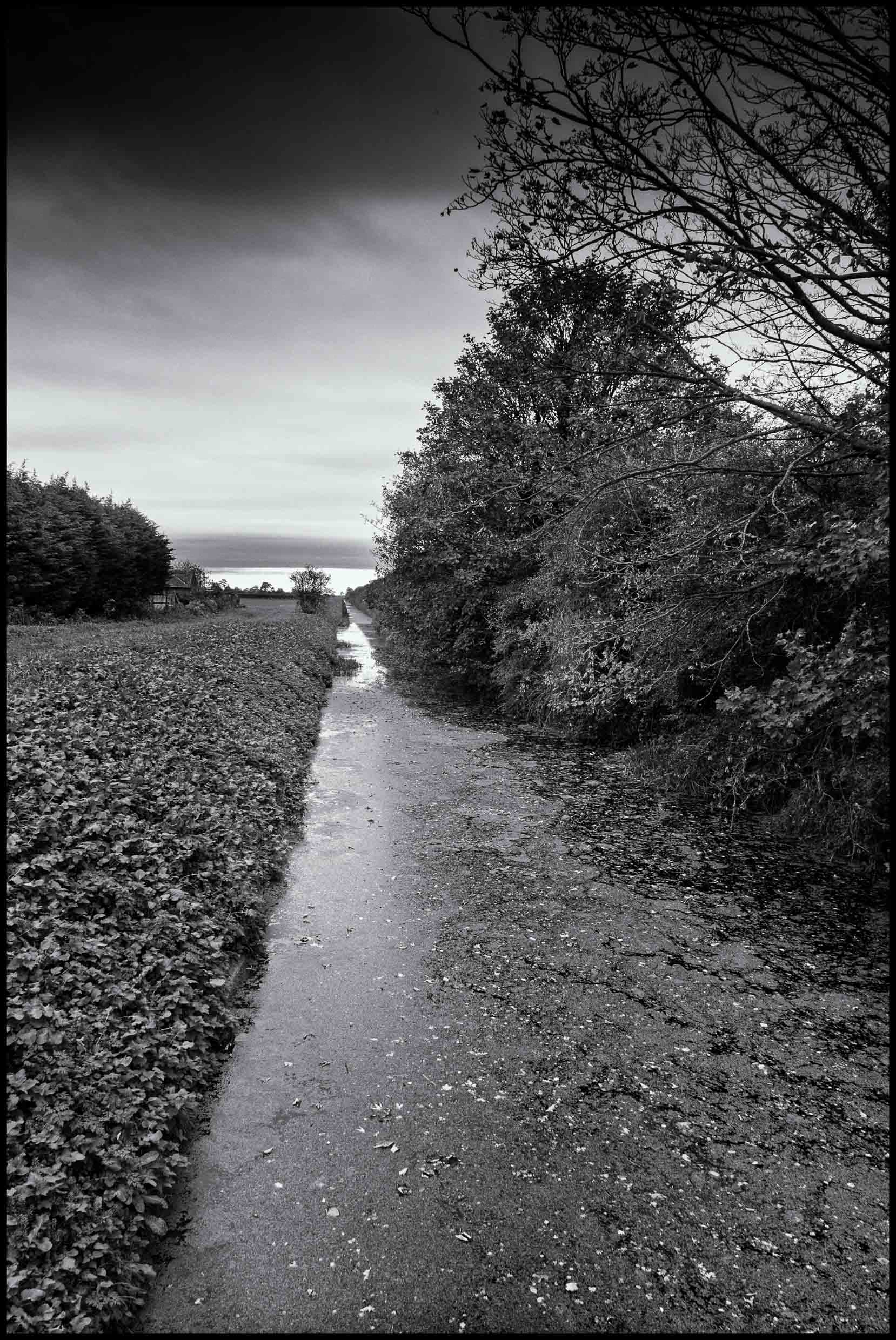


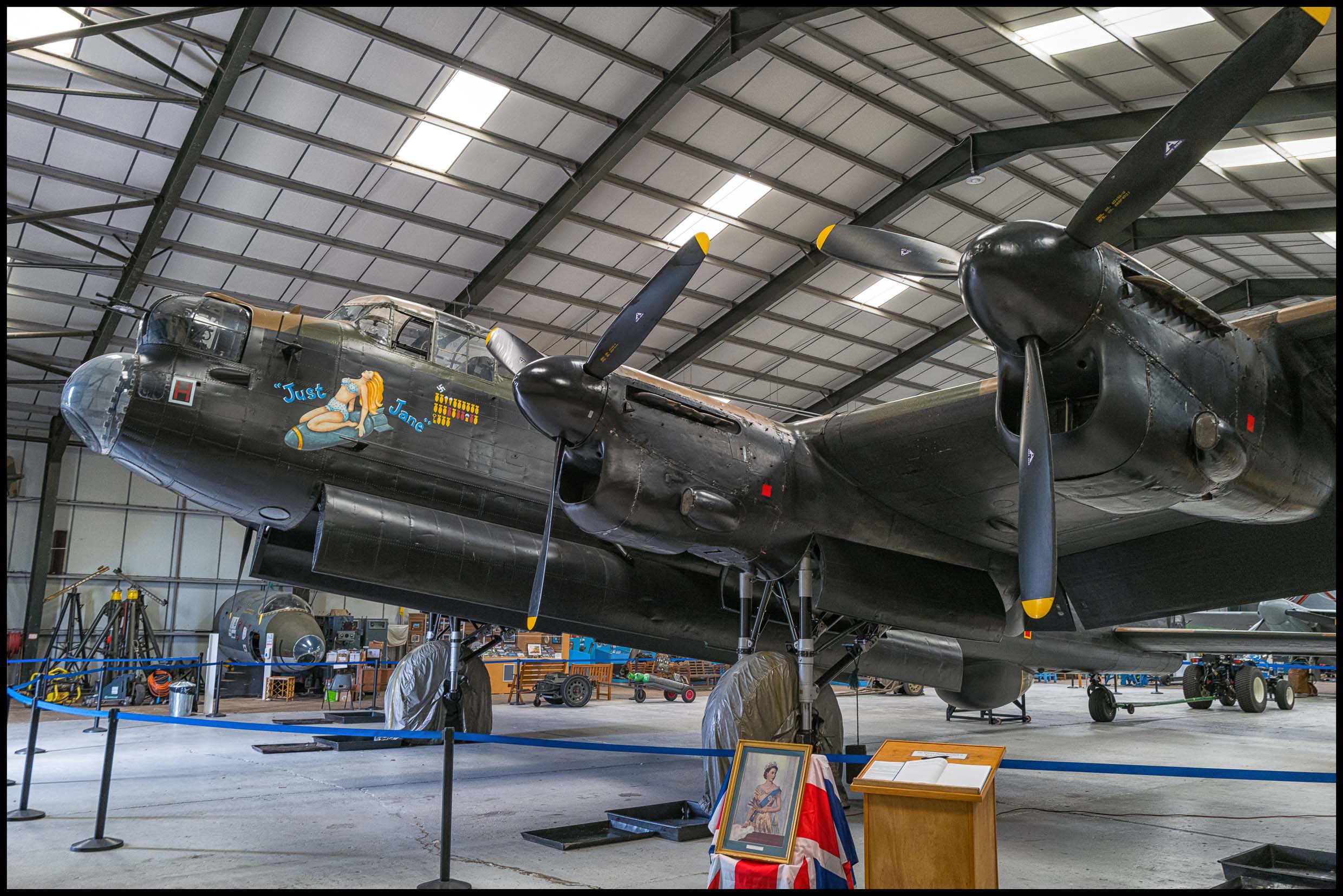
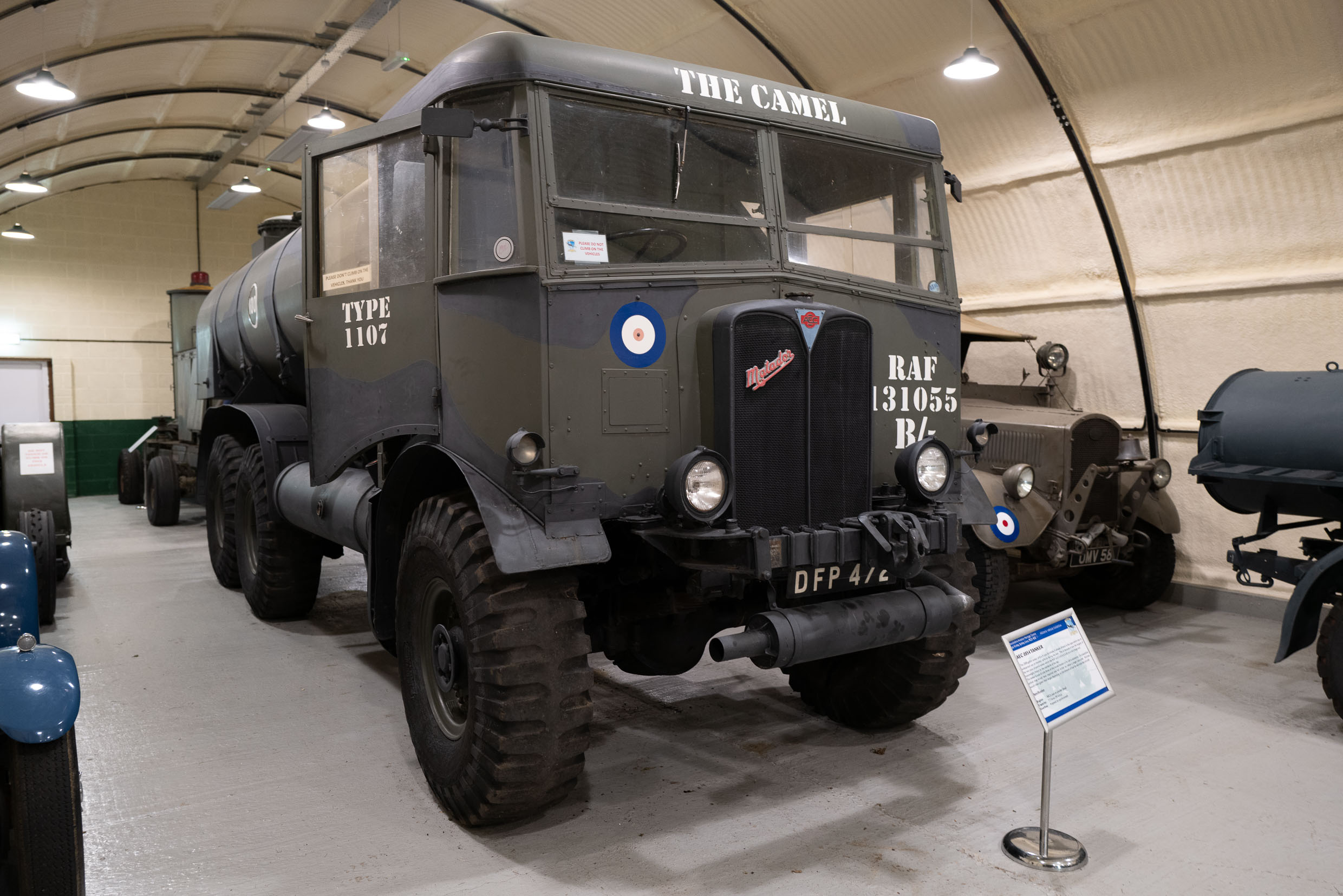
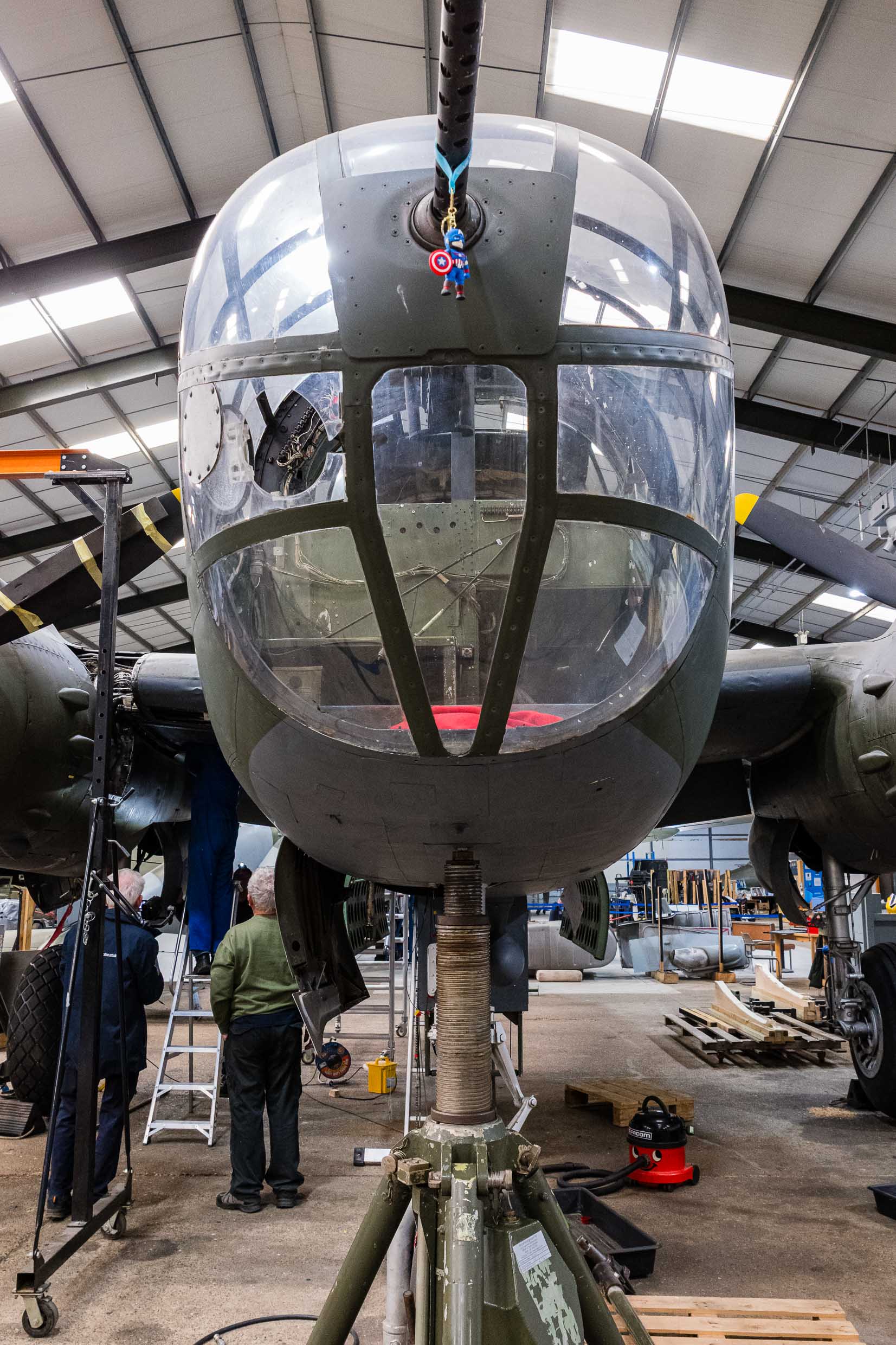
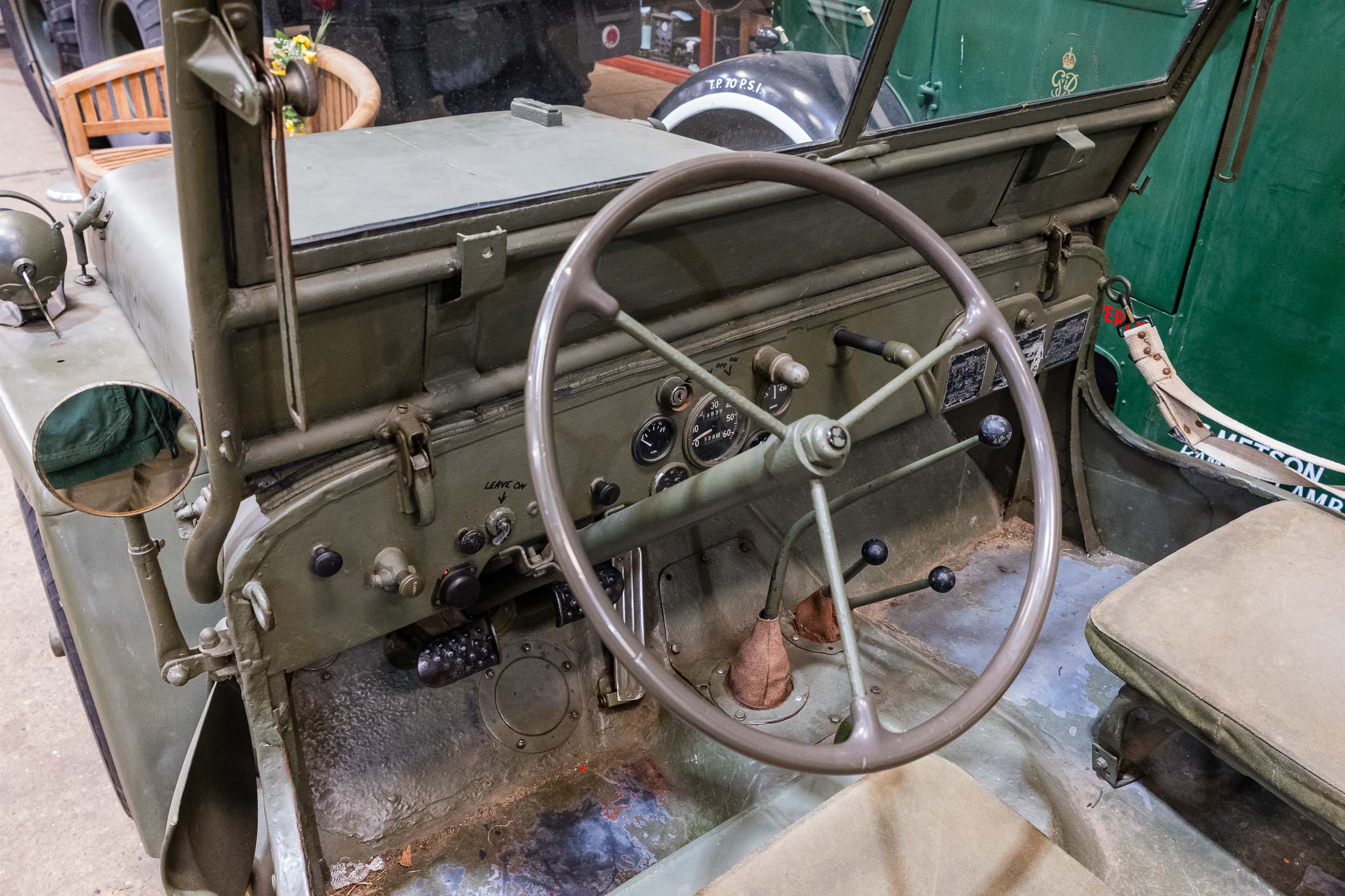
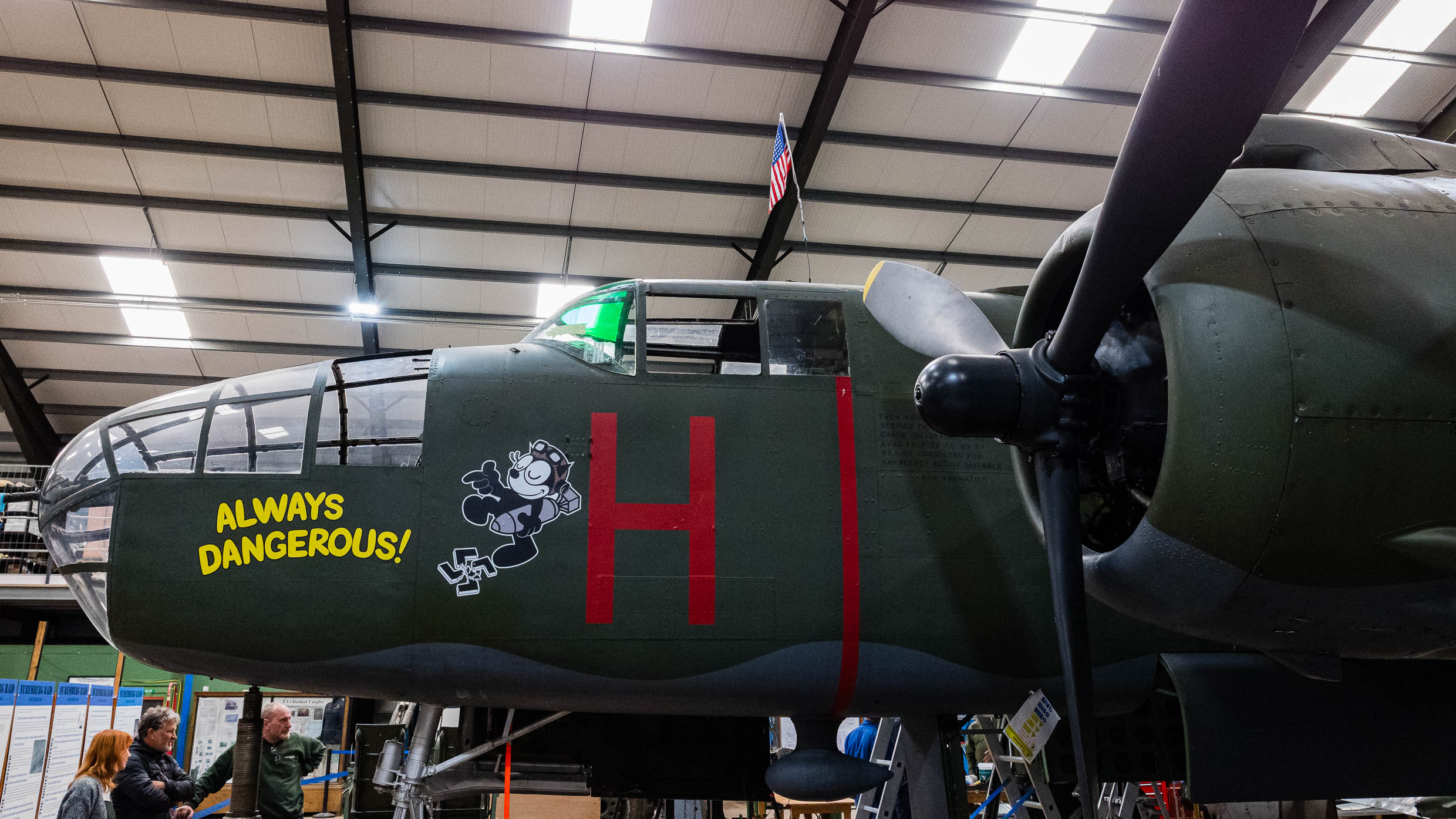
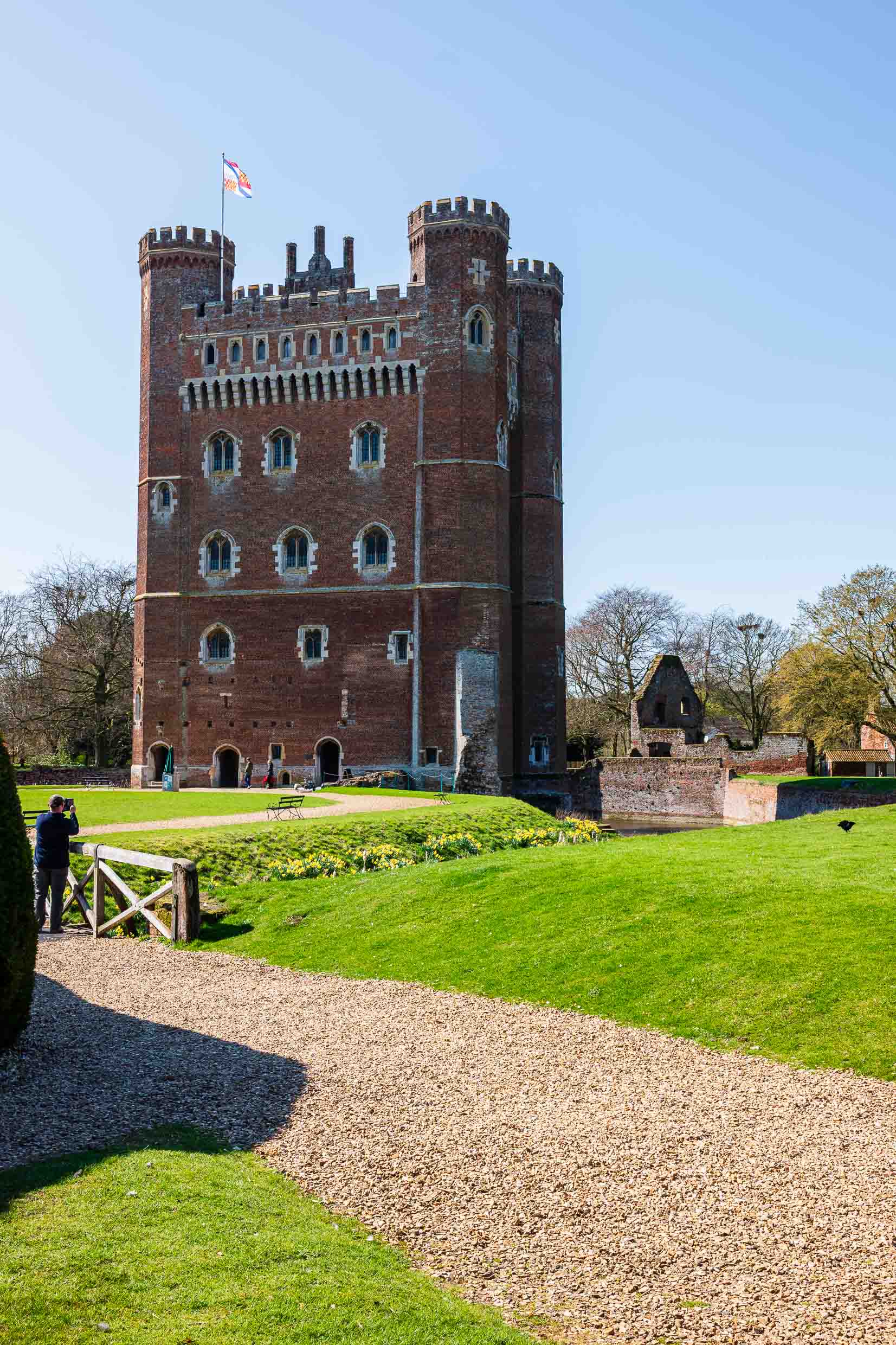

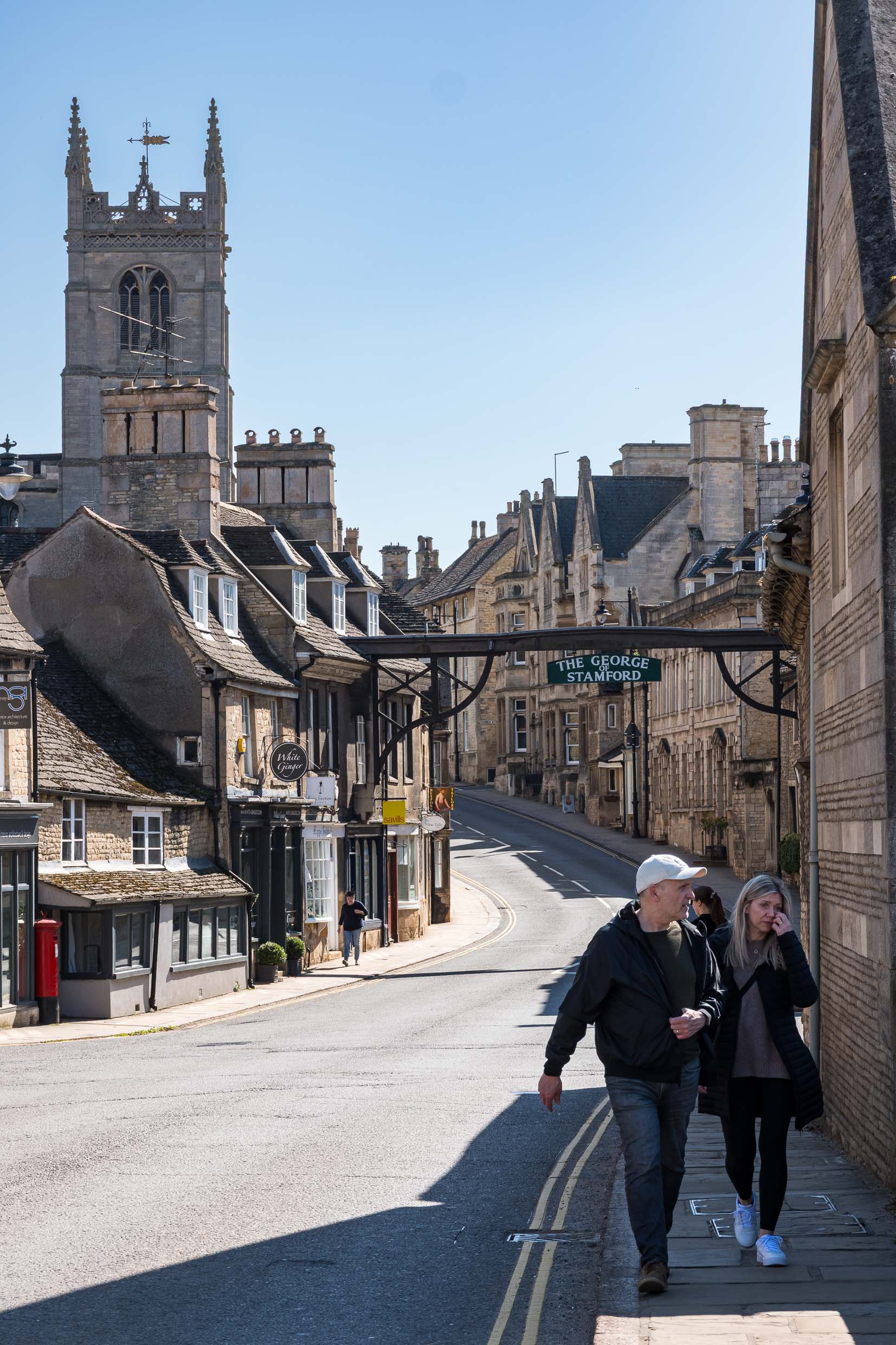
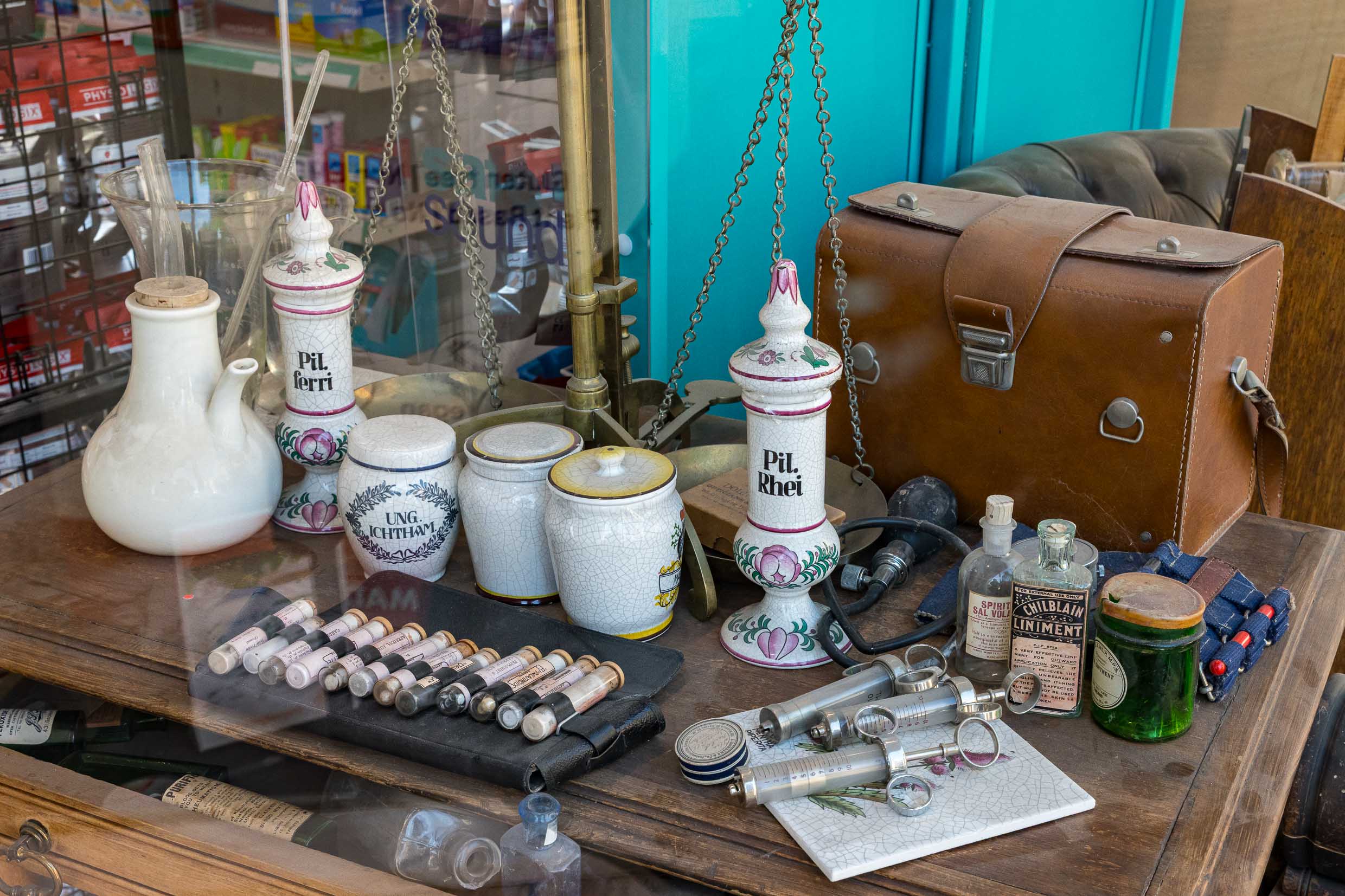
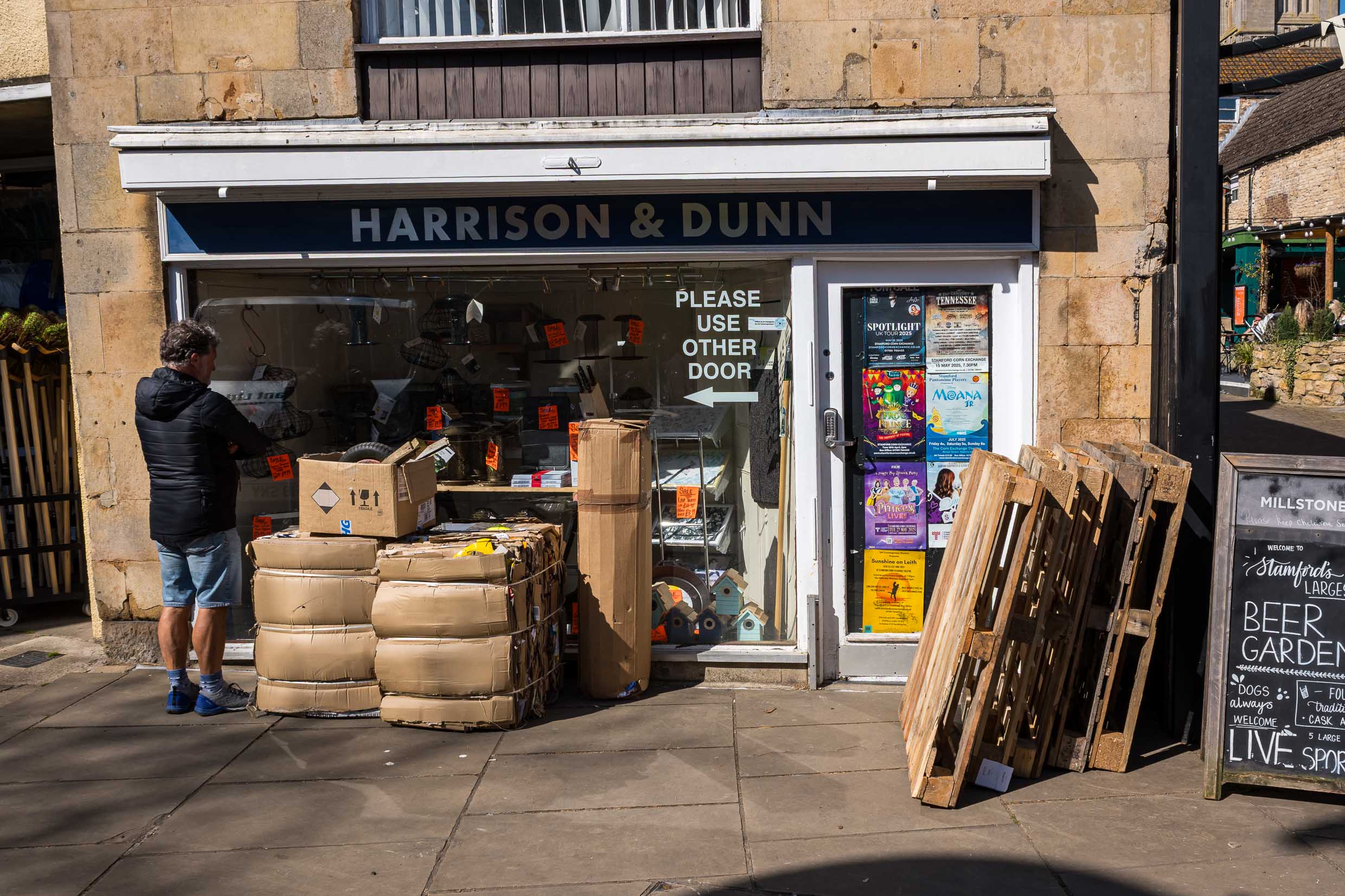
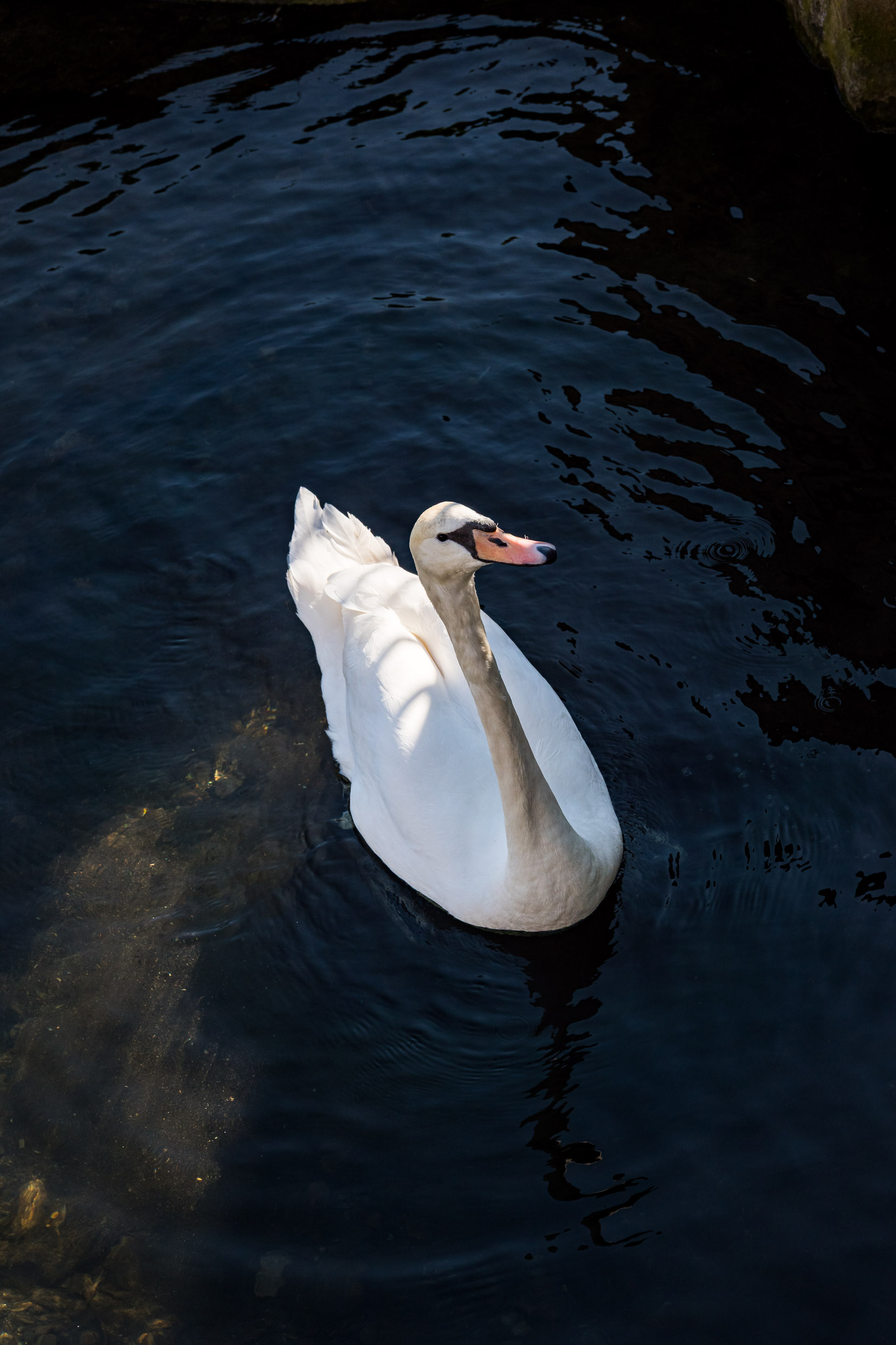
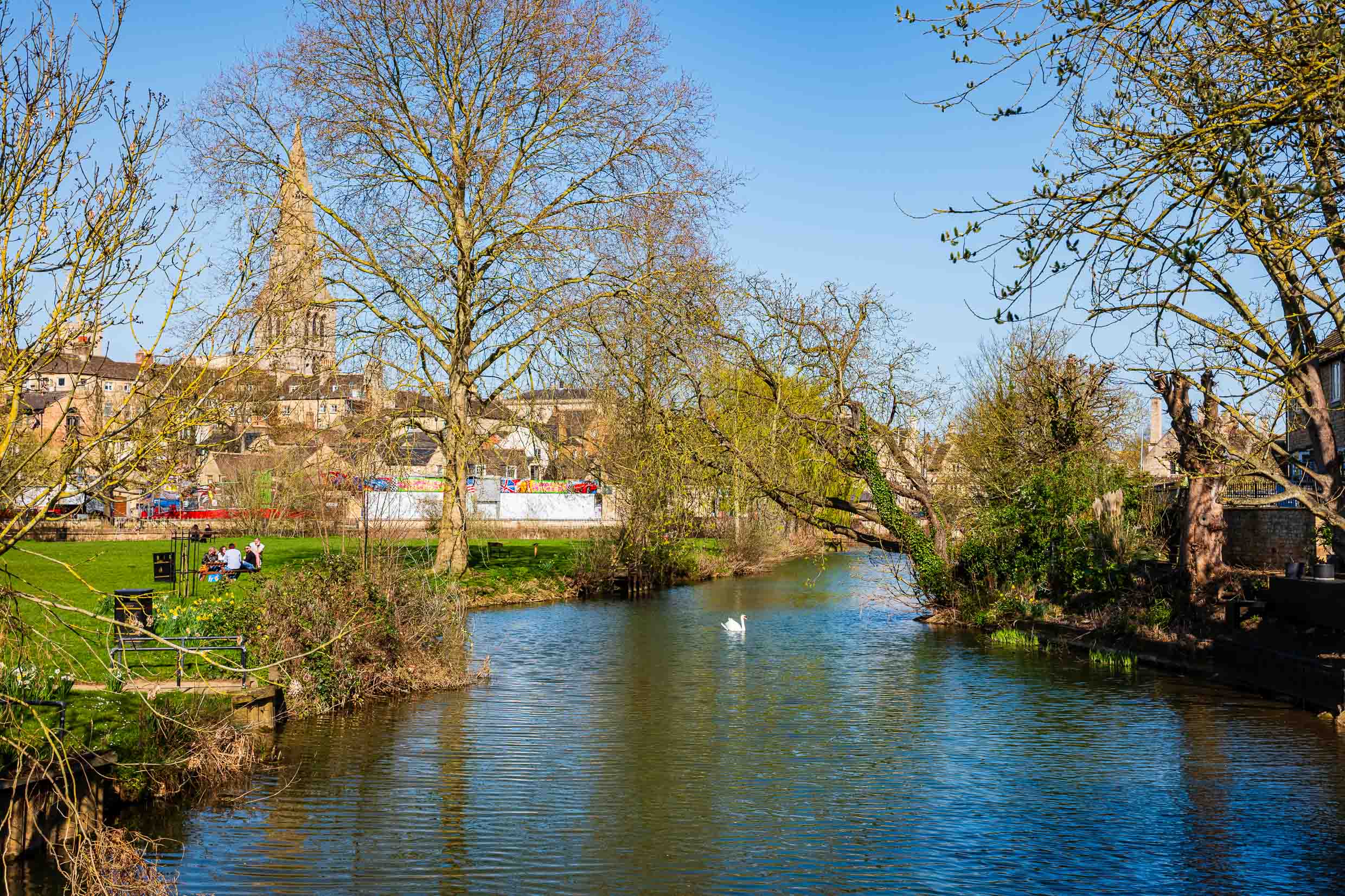
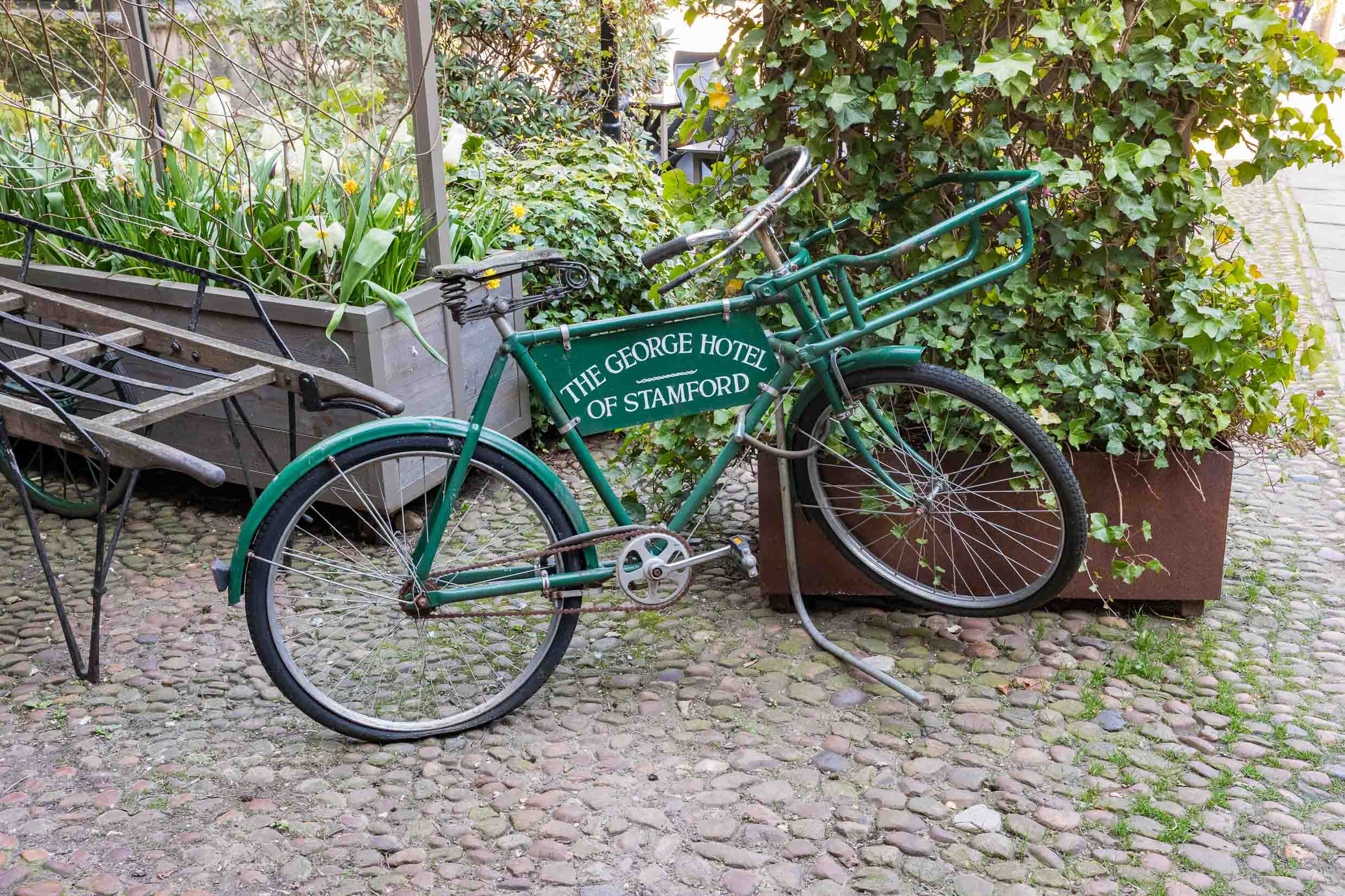
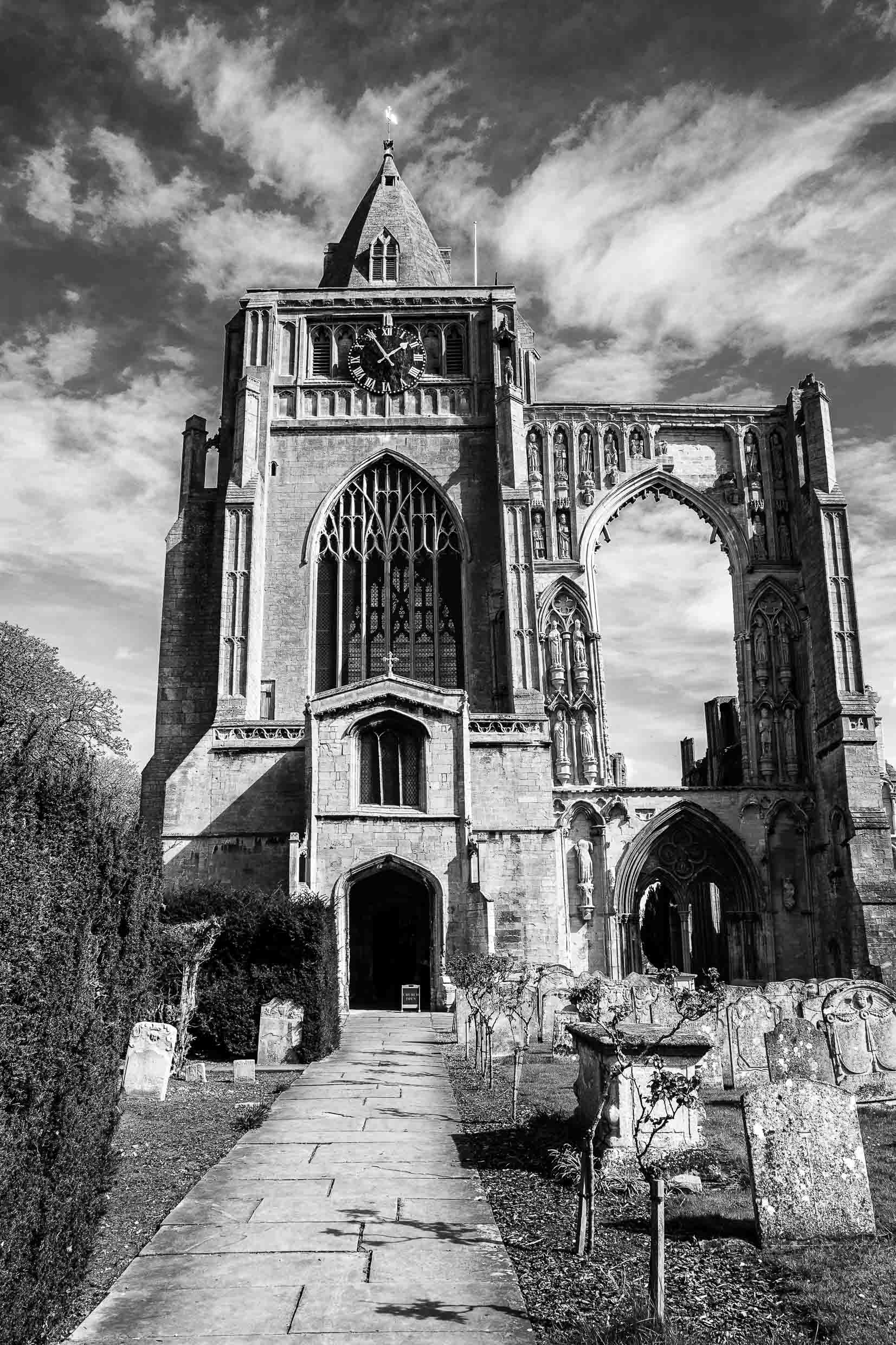

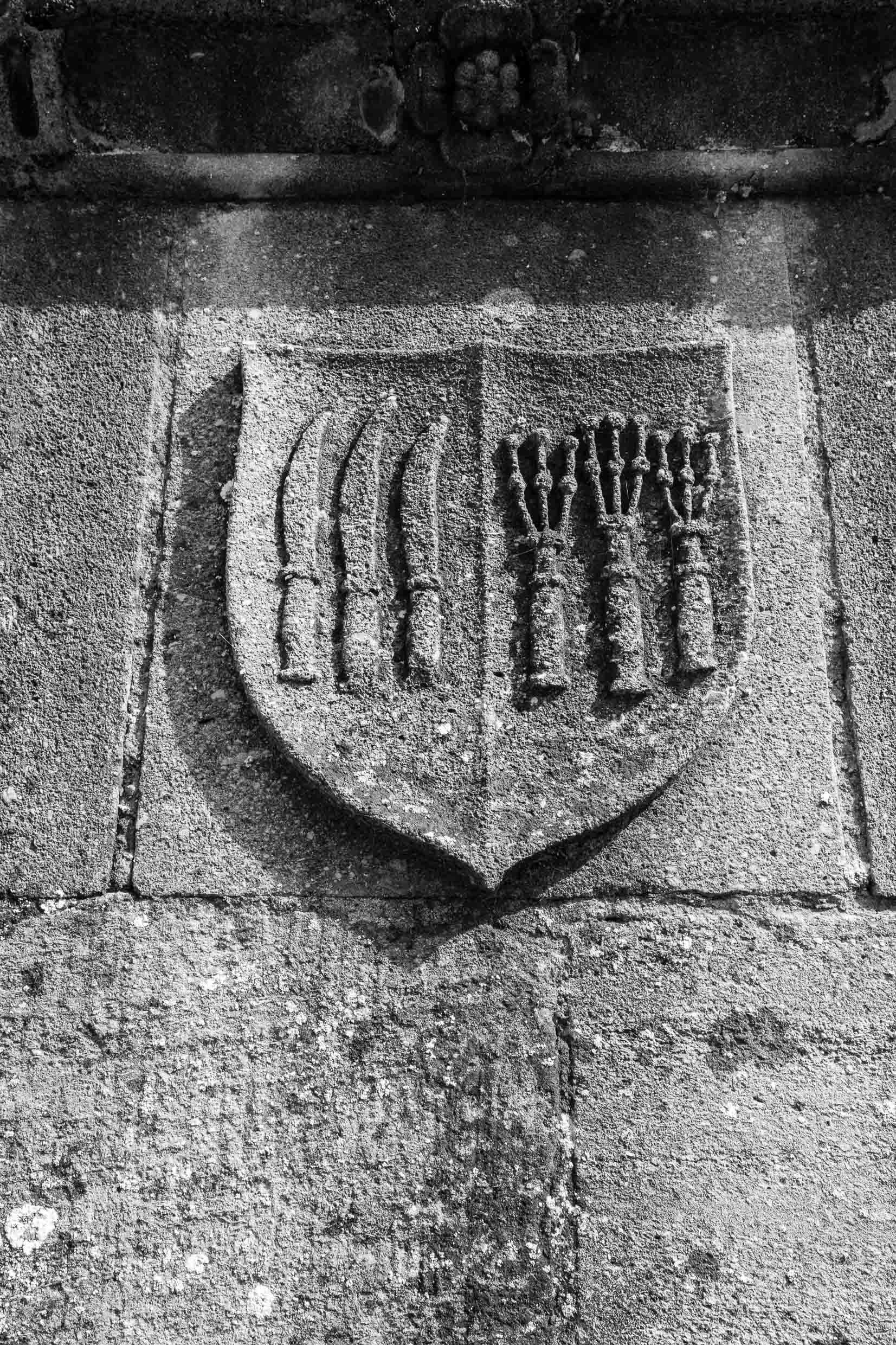
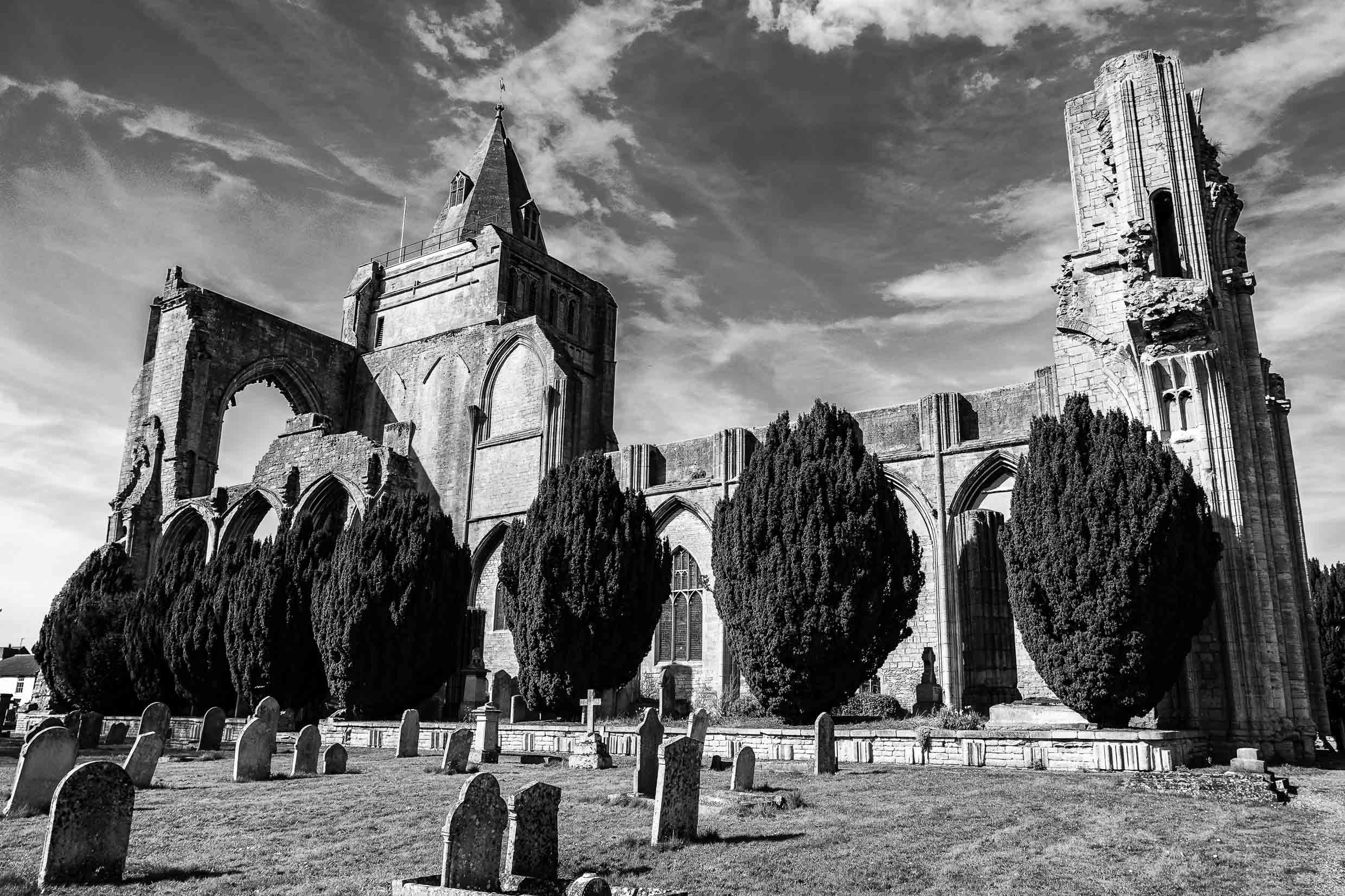
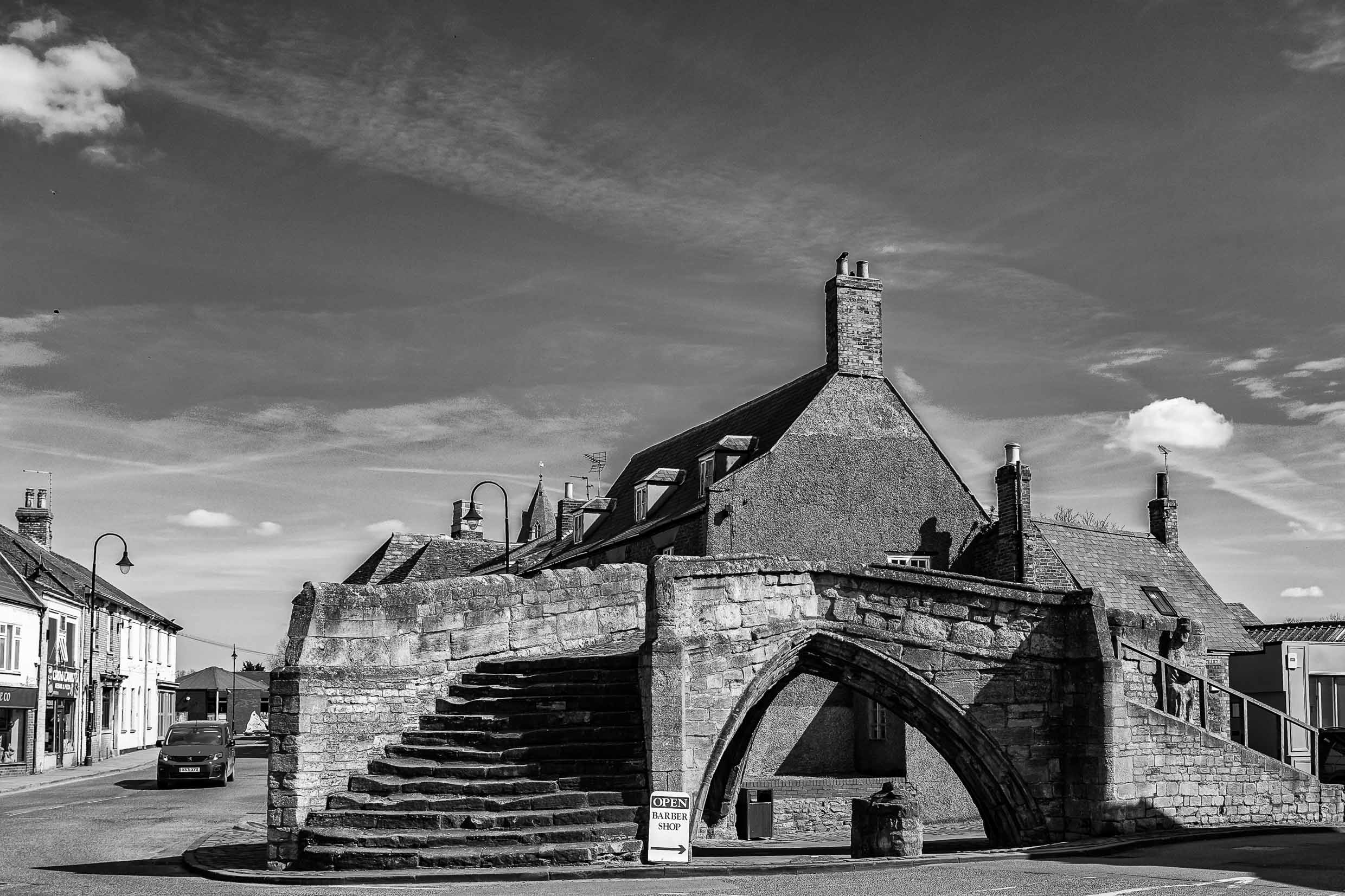
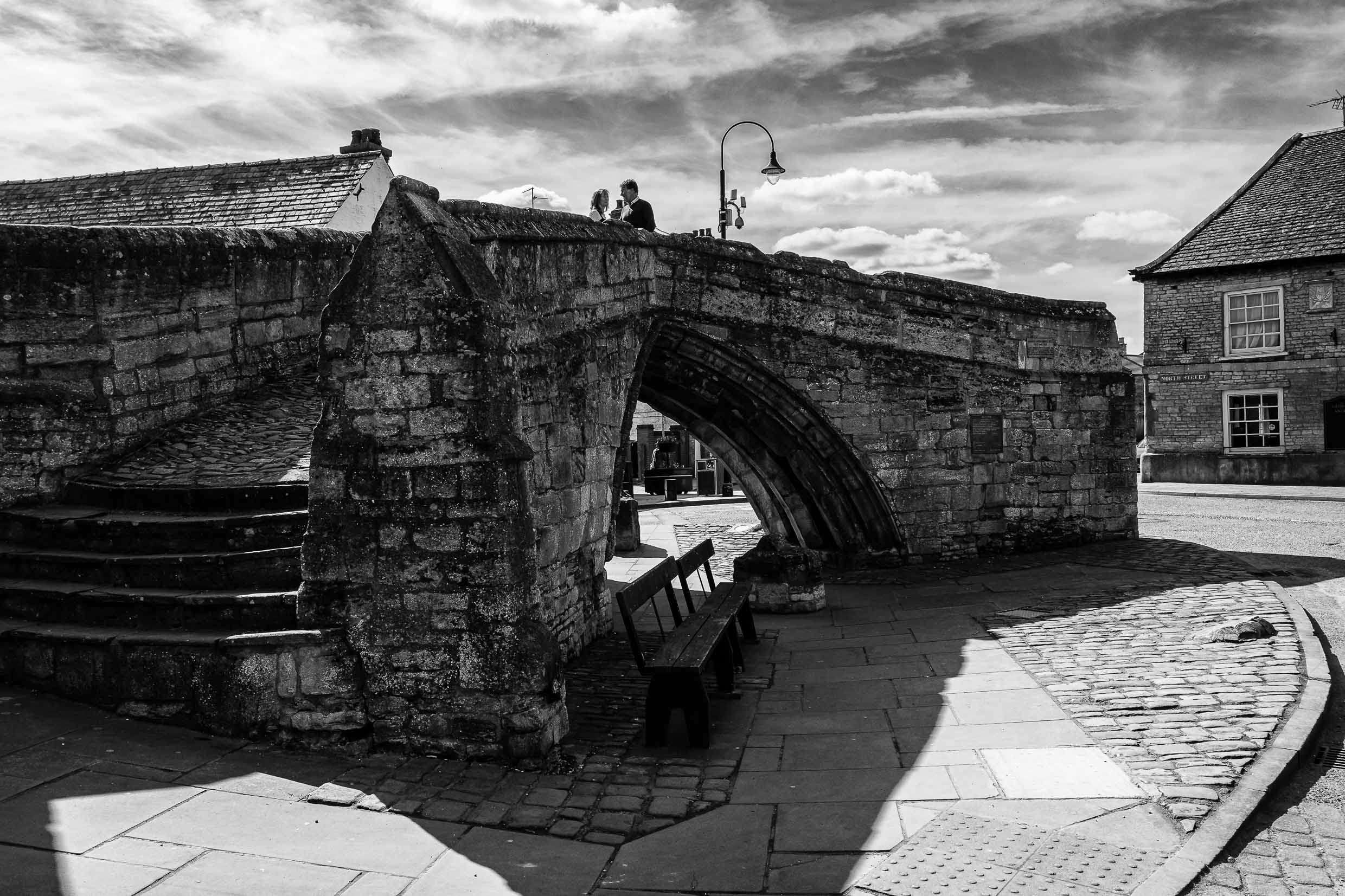

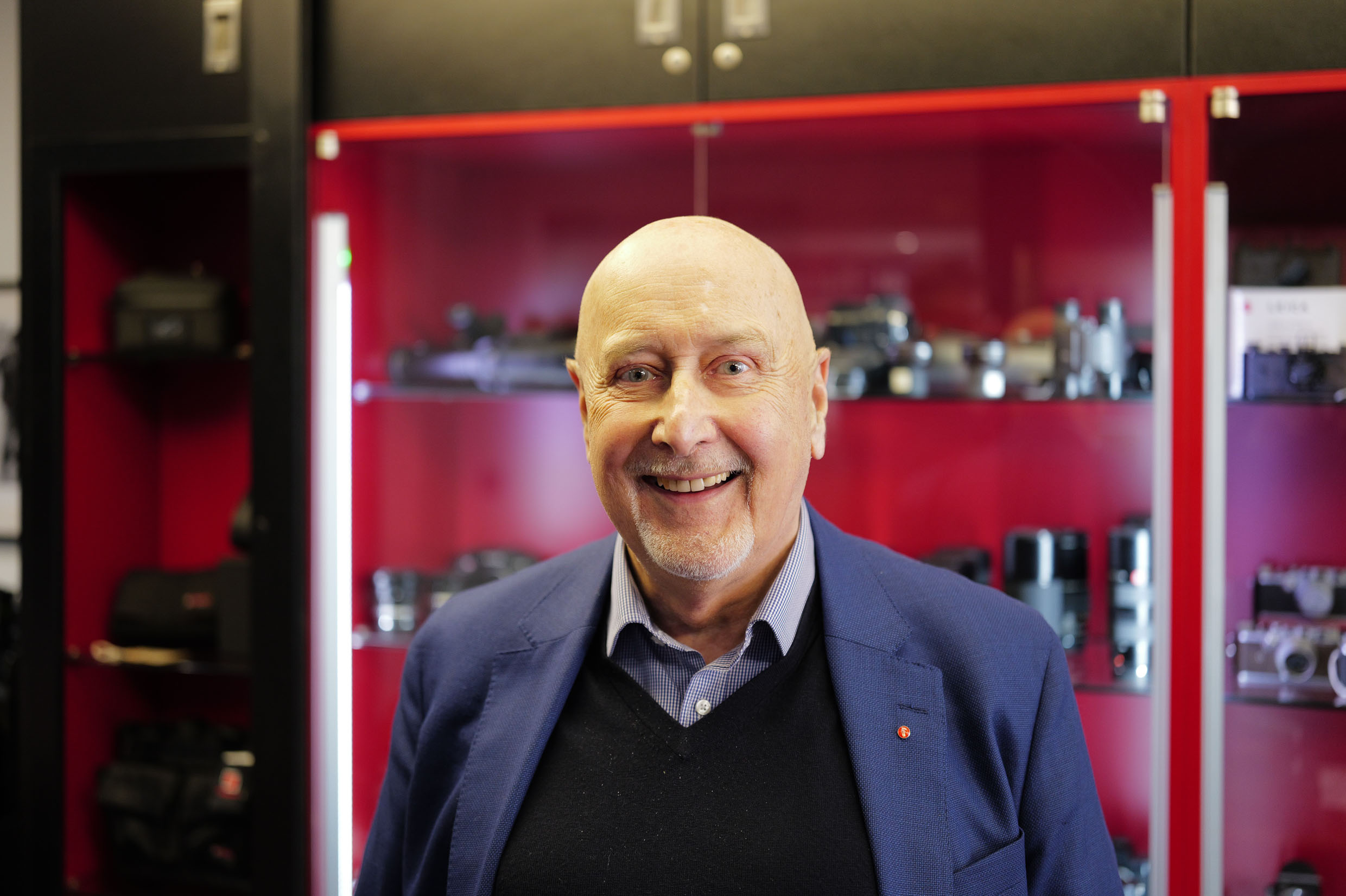
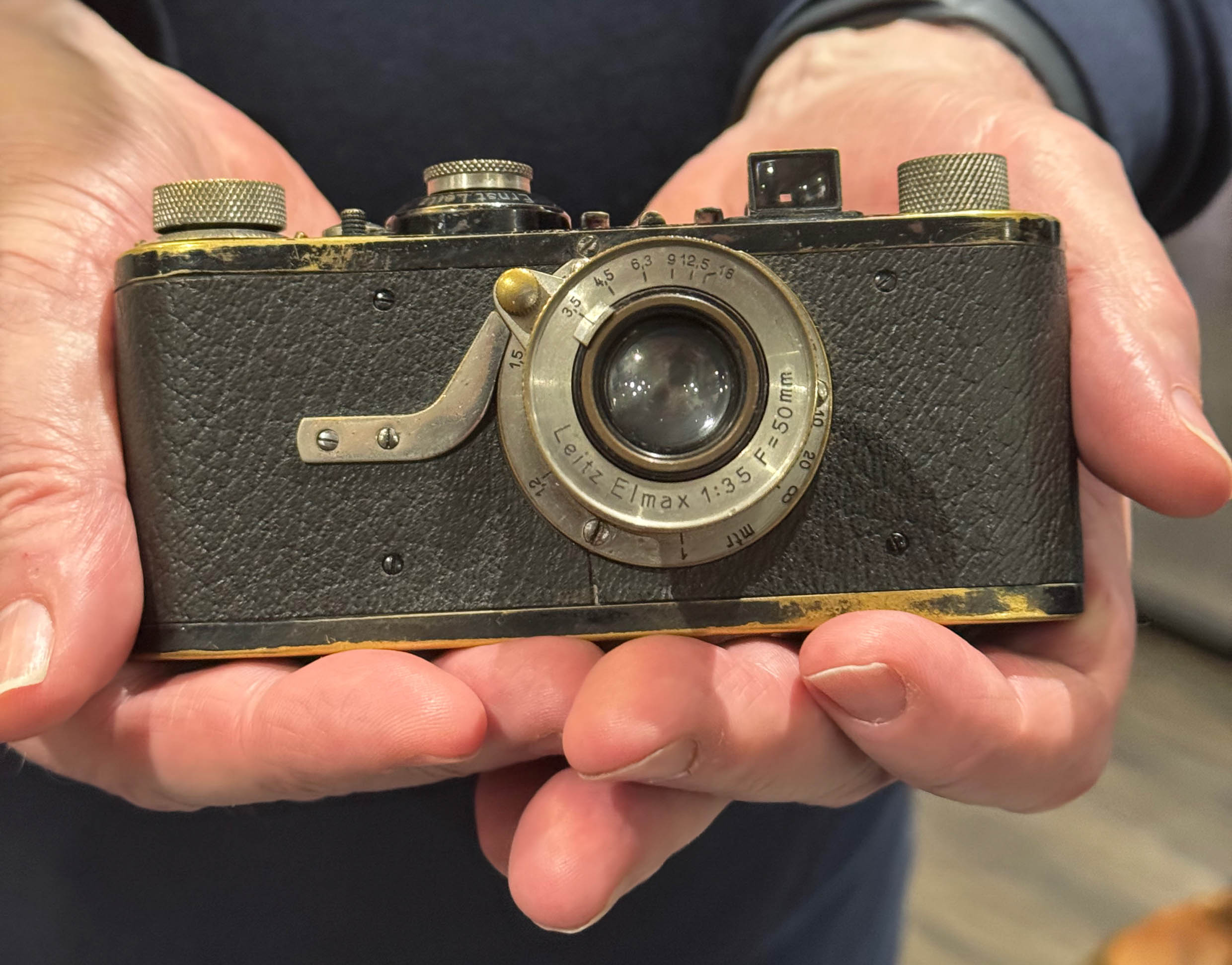
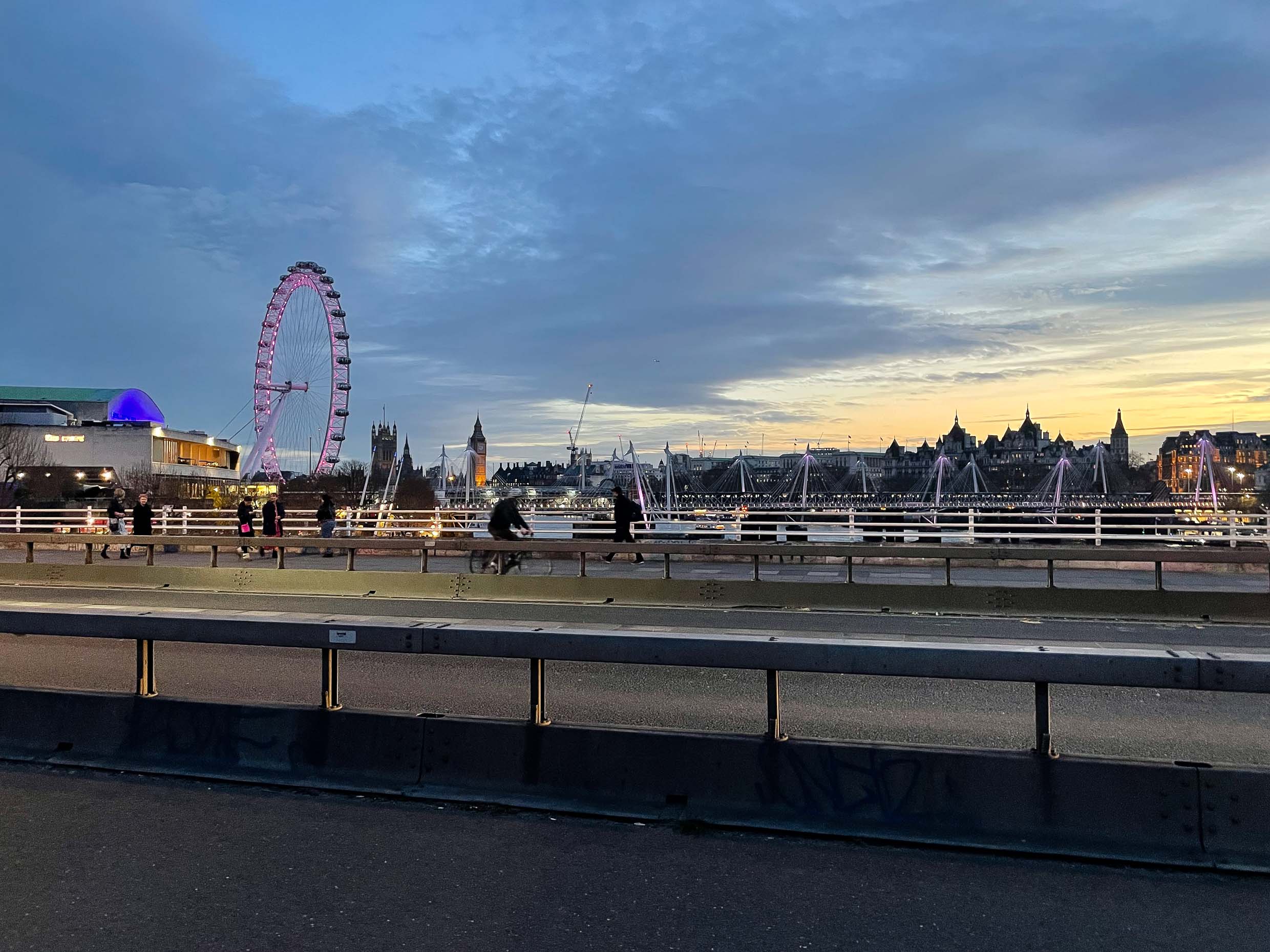
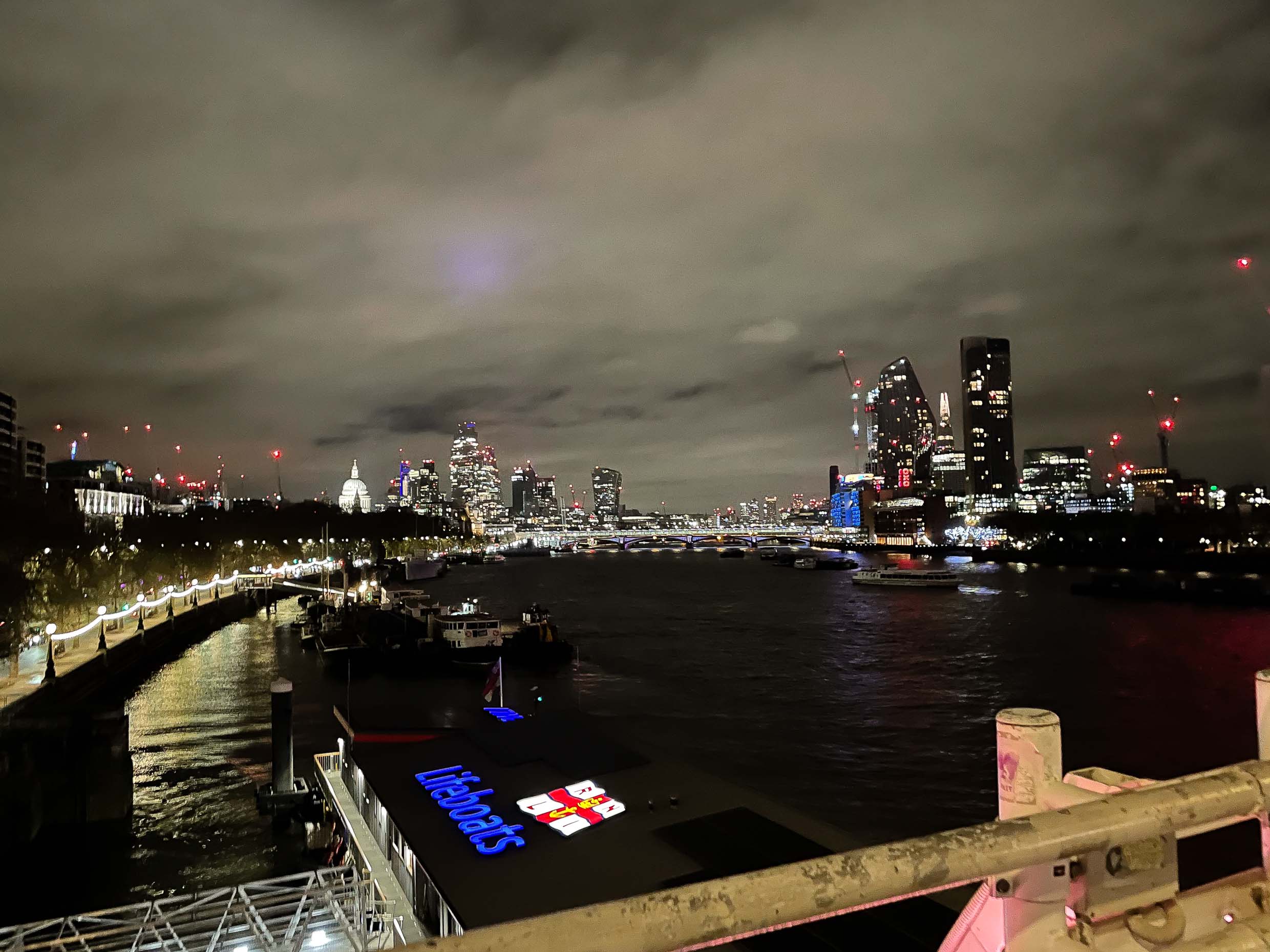
I thoroughly enjoyed reading along with your journey Jon. Looking forward to your next article already.
Cheers,
Mark
I thoroughly enjoyed reading along with your journey Jon. Looking forward to your next article already.
Cheers,
Mark
Thank you to everyone who commented. I’m truly flattered. Your comments will keep me looking for more ideas that can be shared here on Macfilos.
Brilliant article John which certainly brought back many happy memories of my own days working as a Press Photographer back in the early to mid 1960’s based then in the Fen districts but also covering much of Lincolnshire, also still love visiting The Lincolnshire Aviation Heritage Centre, unlike you though whist usually cluttered up with far too many heavy cameras and lenses. The lesson learned though from your lovely article and pictures therefore needs me to start re learning, for instance via my relying far more on my now 15 year old Leica X-Vario whilst retiring my so heavy but otherwise superb Leica SL2 system. So thank you John as in so writing and bringing back such memories you have also done me a considerable favour
A lovely little travel monologue there John. The pictures bring the journey to life. Thanks.
Very interesting article. Lincolnshire is not an area which I can ever remember visiting – but it looks as though I’ve been missing out!
What a wonderful article describing the nostalgic return to your homeland. I like how your loyalty to obsolescent Leicas helps you to illustrate the journey to your homeland so effectively. Well done!
You have enough great stories and photos to last a few decades. May you always be here to tell them!
For this article, what I like best is The Great North Road. Who wouldn’t want to be walking there!
Hurray for Philip Larkin and your citation of his railway journey. Whitsun Weddings” is a remarkable poem (I think his best) about change and the potential of common things — left behind as he passed them — that your photography nicely illustrates. Well done!
Thanks for this Jon. Having been born in Cleethorpes, Lincs.( My grandfather was a trawler man with the Ross fishing fleet based in Grimsby) Dad was a humble bread deliveryman, but he one day joined the RAF specializing in photography (which until then had been his hobby), and so my adventures around the world began, starting with Cyprus and Malta back in ’71.
This was a real trip down memory lane and a lovely read on a Saturday morning here in Japan where I now live. Lots of memories came flooding back upon reading this. My father (with his Petriflex I believe) was the photographer in the family and took me to some of these places when I was a young lad and long before I took an interest in photography myself. I couldn’t agree more with your closing thought,”Journeys like this are all about memories and adding to your personal history, where connecting with friends and family are more important than taking pictures” but when you have enough time for both, that’s the perfect combination!
Although I haven’t owned one, from the images I’ve seen, the TL 18-56 is a gem of a lens.
Hi Jon, beautiful article and terrific photos! I especially liked the black and white shots. That bridge is fabulous! Cheers, Keith
Nice read and pleased you had a good trip and fun with Ivor. Your images are a great representation of a lovely area of the Country.
Follows nicely from Mikes road trip!